|
I normally don't consider myself an overly materialistic person. I have a house full of second-hand furniture (see posts from 8/20/14 and 8/21/14) and as far as everything else goes, if they don't have it Kroger's, Walmart, or the Goodwill store I probably don't need it. Or at least all that was true until yesterday at around 10:45 am, when I was sitting with the Posse in Coffee Time and I saw a thing that rocked my world. Or that would rock my world if only I could possess it for my own. But let me back up and lucubrate a bit. As I was saying, I was with the Panera Posse at Coffee Time. Though we usually meet at our designated time at our designated corner table at our designated Panera, yesterday we decided to meet up instead at Coffee Time, ...a cozy locally-owned cafe recently opened in Gahanna that serves a variety of coffees, teas, sandwiches and fresh-baked goodies made right on the premises. (See blog post from 10/28/14). If you haven't yet checked this place out, Gahanna folks, be sure to. We'd decided to meet at Coffee Time in honor of it being a special occasion, the return of one of our Posse members from a 2 1/2 week educational tour of China. Our friend loved China, the sights, the cities, the people, the food, and she had taken hundreds of wonderful photos of all the places she and her husband visited and the things they saw. But of all the photos she shared, there was one that captured my imagination on a completely different level than all the others. The photo was taken in their hotel room in Shanghai. It was a picture of a toilet. But not just any toilet. This particular toilet, my friend explained, had a sensored lid that lit up and opened on its own when one approached it. It had a heated seat, and the press of a remote control button sent cleansing jet sprays of water upward. The press of another button controlled an upward-blowing air dryer. There was no need for toilet paper. My friend said it was called a Toto. It sounded amazing. So amazing that for the whole rest of the day I couldn't get the image of this Chinese dream toilet out of my mind. I thought and thought about this water-spraying, warm air-blowng Toto until it hit me: that weird, wonderful, giddy sensation, a burst of fireworks in the heart: I'd fallen suddenly, helplessly, and hopelessly in love with the Toto. And I was yearning for one of my own. I looked up the Toto on the internet and learned that full proper name of my new love interest is the Toto Washlet Performance Toilet. According to Wikipedia the Toto Washlet is a jet-spray toilet invented in Japan and commonly found throughout that country, though not all Toto Washlets are of the same deluxe model as the one in my friend's hotel room in Shanghai. I went to the Toto website and gazed at the objects of my desire, which counted among their charms: Sensor auto-flush Touch button flush Automatic open/close sensor lid Remote control open/close lid Hands-free, SoftClose lid Aerated warm water delivery Front and rear cleansing options Built-in massage feature Warm-air drying Three-temperature settings Automatic air purifier Heated seat Wireless remote control Large LCD panel Easy-to-remove docking station Reinforced base plate But alas, the most basic model, the E300, had a price tag up over $1,000. My heart sunk. I knew I'd never in my lifetime know the sweetness of possessing a Toto Washlet Performance Toilet. But then a wonderful thing happened. I revisited my computer screen and scrolled down until I came to the heading: "Toilets and Washlets - Costco". My heart now once more daring to palpitate ever so slightly, I opened the site and learned that Costo - dear, dependable Costo! - carries a high-tech customized toilet seat, the USPA 6800 Bidet Toilet Seat, that attaches onto a regular toilet, and with a price tag of $429.99, shipping and handling included, can do the best of what the Toto Performance Washlet does and features: Dual Nozzle system with separate nozzles for feminine and posterior wash Refreshing rear wash with satisfying water stream for the ultimate cleaning Aerated Bubble Infusion, a bubble infused water stream for a more invigorating wash experience Intensive Impulse Pulsation which combines a warm water stream with a pulsating massage Wide Cleaning Oscillation mode that moves the nozzle back and forth for a wider area of cleaning Auto Wash that will wash and dry the user with the touch of a single button Wireless Remote Convenient Wireless Remote Control with LCD screen and soft buttons Heated Seat Warm and comforting toilet seat for those chilly mornings Warm Air Dry to pamper yourself even further with the built-in air dryer Slow Closing Seat and lid that will quietly close- no more slamming toilet seats! Smart Sensor that assures that the USPA will only operate when the seat is occupied to avoid accidental use Silent Mode Added option to easily turn the selection chimes on or off (Sigh) I can hear the chimes already.
16 Comments
My name is Patti and I have severe Verizon anxiety.
Just setting foot in a Verizon store makes me feel trepidatious. Because I know that, whatever transaction I enter the store to undertake, I'll leave staring at my receipt wondering what just went down at the service counter, what exactly I just paid for, and why I had to pay for it in the first place. Sales reps' lingo about plans,contracts, minutes, text allowances, roll-overs, free upgrades that aren't free - I feel always like a stranger in a strange land with a poor grasp of the language and culture who can get snips and snaps of words but who can't put together what I'm being told in any meaningful way. It's scary. I can barely manage the process of buying a new phone, never mind trying to change a plan or get satisfaction from a problem or have a bill explained. To this day I don't understand my Verizon bill. I look at the bill and if it looks like it's close enough to the previous month's bill I just pay it without question. Even if it's nowhere near to the previous month's bill I pay it. Because trying to get satisfaction in a dispute with Verizon is for me a lost cause. I always end up feeling like I brought a bag of marshmallows to a gun fight. I immediately capitulate. I pull out my credit card and let them do with it what they will. It's easier that way. Now I know two-thirds, nay, maybe three-fourths of my Verizon problem is me. I'm a total philistine trogdolyte when it comes to technology of any kind. I just don't get it. I don't get the techno-lingo. I have trouble grasping concepts. And yet I know it's not all me. At least I don't think it's all me. Last Sunday afternoon my daughter Theresa and I went to the Verizon store - reckless fools that we were, venturing into a Verizon store on a Sunday afternoon! - so that she could upgrade to a smart phone, get off my plan and onto a family plan with her husband Phill. Oh, my goodness, you'd think it was the U.N. rocket-science division trying to negotiating a nuclear-fission crisis. The whole procedure took close to two hours and involved a 6-way phone conference among Theresa, me, Phill, the sales rep at our store, the sales rep at the Verizon store in Cincinnati where Phill had prudently decided to station himself while we did the transaction in the Columbus store, and a representative from the corporate office since this ours was such a complicated case. By the time the ordeal was over I was exhausted, my feet ached and I seriously had to go to the bathroom. Theresa said she needed a milkshake. We both did. At one point during the ordeal Theresa asked our beleaguered sales rep, "Ummm, is this the first time you've ever had anybody buy a new phone and switch from one plan to another?" "Actually I'm kind of new ," our sales rep admitted. "And so's the guy at the Cincinnati store." A that moment a light bulb flashed on. Like the two characters in Dr. Suess's story about the pale green pants with nobody inside them, maybe the sales rep was just as confused about the situation as I was. Maybe neither of us knew what was going on. Maybe the Verizon sales reps aren't really out to scare me, but feel just as inept as I do. Maybe none of us really understands mysteries the cell-phone corporate juggernaut. Or it could just be me. The news broke over the weekend that Kaci Hickox and her partner, Ted Wilbur, are leaving the town of Fort Kent, Maine even though they'd only been living there since August. They came to that town so that Ted could pursue his nursing degree at the Fort Kent branch of the University of Maine.
Kaci is the the Doctors Without Borders nurse who, upon returning home from fighting the Ebola epidemic in Sierra Leone, was first detained by New Jersey Governor Chris Christie for several days in a tent in a hospital parking lot even though she wasn't contagious, then quarantined in her home by Maine Governor Paul LePage even though she wasn't contagious. (See posts from 10/30/14 and 10/31/14). A state judge struck down the quarantine against Kaci Hickox because she wasn't contagious. (See post from November 3). And so even though after the judge's ruling that because Kaci wasn't contagious she was free to return to life among her fellow human beings, the townspeople of Fort Kent, who should have welcomed Kaci home with honor for her brave humanitarian service, instead set up a small-town wall of hostility and suspicion around her and her partner Ted Wilbur. The chief of Police of Fort Kent received calls from citizens who wanted him to arrest Kaci. Ted, who's never been in contact with the Ebola virus, received threats from the locals and was barred by officials at the University of Maine at Fort Kent from returning to his nursing school classes there for 21 days, the potential incubation period for the virus in infected persons. But on top of the same fear and misunderstanding of the Ebola virus that's been plaguing communities all across the country, in the town of Fort Kent there seemed to be another mindset in play: the mindset that shuns the stranger, the new person, anyone who wasn't born and raised in the town along with their parents and their parents' parents. It was this mindset that Governor Paul Lepage was appealing to when he made such statements as, "I can't trust her. I don't trust her," implying that she was an unknown person of dubious intentions, and "I'd like to buy her a ticket and escort her home," implying that though she may live in Maine, Maine isn't her home. And this "us against her" attitude was also implicit in Lepage's words when he said of his attempt to quarantine Kaci, "I have done everything I can to protect the health and safety of Mainers". Mainers, not to include Kaci Hickox and Ted Wilbur. One citizen of Fort Kent, 58-year-old life-long resident Luicenne Herbert put it most bluntly when she said, "I don't appreciate outsiders coming in here and causing so much chaos." And so Kaci Hickox, who has lived and worked among the poorest of the poor and Ted Wilbur, who was pursuing a career in caring for the sick, got the message from the town of Fort Kent: you're not welcome here. Ted has withdrawn from his nursing classes and he and Kaci will be leaving soon. I hope they a better place to live and pursue their lives' callings. They're welcome to move next door to me. References: 1. "Judge in Maine Eases Restrictions on Nurse", New York Times, November 11, 2014, page A18. 2. "Maine nurse Kaci Hickox to leave state after Ebola quarantine ends", The Chicago Tribune, November 8, 2014. 3. "Ebola nurse Kaci Hickox, boyfriend plan to leave Maine town", CNN Health, November 10, 2014. The above is a photo of Theresa and me with our two neighbor children who were also my piano students, Anne in the middle and on the end, Sarah. At the time Sarah was about 13, Anne about 11, and they had a younger brother not pictured, Jordan, about 9 or 10 at the time, whom I also taught. That picture was taken in June of 2000 on the day of my daughter Claire's high school graduation party. As the party was to be a great feast with tons of food for tons of people I knew I'd need a few extra hands to help with the preparation and execution so I asked Sarah and Anne, who were mature and responsible for their ages and who lived just four doors down the street from us, if they could come over and help me on the day of the party. They came over and worked all afternoon in the kitchen with my own kids, cutting mounds of vegetables and fruit, arranging cookies on platters, and pitching in with all the other minutiae involved in putting together a big shindig. Afterwards they refused to let me pay them. Just as they and their brother always refused any pay whenever I asked them to come over and feed the cats and fish, water the plants, and bring in the mail and newspapers for us when we went on vacation. Their parents had raised them to be hard-working, conscientious, community-spirited children who did not expect compensation for what they considered to be neighborly good deeds. Now Sarah, Anne and Jordan are all grown up. This year Sarah received her M.D. (this photo was taken at her medical school graduation), Anne a masters in anthropology and Jordan an engineering degree. And this is also the year that I finally got to pay back their mother, my good neighbor Molina, for all the help her children gave me. My chance for paying back came this past Saturday, Sarah's wedding day: Sarah Sarah and Brad ... when I hauled in a work crew to the Columbus Park Of Roses and we transformed the park shelter house into a magical setting for a beautiful night. We started working the night before - or rather, Tom and the bride's family did, when Tom drove his super-sized van to our neighbors' house and they loaded his van down with the necessities for the reception: table cloths, napkins, doilies, dishes, glasses, silverware, cookie plates, candy dishes, candy, name cards, table tags, favors, lights, a ladder, and all the other decorations and necessary acoutrements. Tom's van was packed full. There was left only what I needed to add to the lot the next morning: the containers of wedding cookies and mini-cupcakes I had been working on (and messing up and re-working - see blog posts for October 27 and November 7), cupcake icing supplies, and our changes of clothes for the reception. We knew once we got to the reception site we wouldn't be leaving, with the possible exception of a brief lunch break. So Saturday morning at 9:30 we crammed the last of the wedding stuff into the van and left for the Columbus Park of Roses: ...which is what it's name says: a beautiful 13-acre area in one of our city parks that blooms in spring and summer with over 11,000 total roses and other varieties of flowers, more than 350 different types. Its shelter house is a popular venue for weddings: And so at 10:15 am we met our crew at the Park of Roses shelter house where we all rolled up our sleeves and got to work: ...under the supervision of Molina's friend Debbie, her volunteer reception-organizer-in-in chief: For the wedding work crew I'd recruited my son Tommy and Tom, who then recruited his brother Donald, who recruited his two awesome kids, Madelyn and Luke to help. Donald worked on the lighting, Madelyn helped out all around, ...and Luke helped me in the kitchen: Where I set about the task of decorating the cupcakes and putting together the cookie plates. Tommy also assisted with the cupcakes: ...as well as with various and sundry other tasks: Sarah's med school friend, Also Sarah, also came to pitch in: 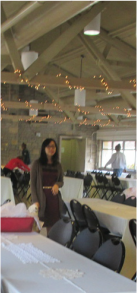 Sarah, bride Sarah's friend, helping with the table set-up. The florist arrived with the table center pieces: And step by step the shelter house was transformed into a reception hall: The theme was vintage. Molina, the bride's mother, had spent moths trolling the thrift stores for pretty dinner plates, dessert plates, and glasses, so each piece was unique: I lent Molina the napkins : ... which I'd made a few years ago for my daughter Theresa's wedding And then when the cookies and cupcakes - the groom's mother had made some, as well - were all plated and ready with all the finishing touches: ...we set up the cookie corner in all its glory: and awaited the arrival of the wedding cakes: ...which reflected the bride and groom's love of Star Wars, cats, and each other, Then arrived the caterers, friendly, hard-working associates of Cameron Mitchell: ...who provided the hors d'oeuvres and the bar: Then arrived the guests: And finally the happy reason for the day, Sarah and Brad: ...and their wedding party: And so the joyful festivites began. The delicious dinner was catered by Bucco di Beppo. And so there was lots of eating, ..followed by lots of dancing: ...lots of cake and cookies: ...lots of dishes. We needed to redeploy a few from hors d'oeuvres duty to dessert duty: ...and lots of joy: Mother of the bride Molina and Debbie Tom and me And then in a heartbeat the last dance was over, the cookie bags were being filled, ...and the guests were leaving. Then it was time to turn the magical hall back into its pumpkin self: And come away with the happy memory of two people beginning a new life together. As chronicled in my October 27 post, I volunteered to provide the cookies for the upcoming - tomorrow, actually - wedding of the daughter of one of my good neighbors. As also chronicled, I had a major cookie fail - I managed to botch about 15 dozen of the 55 dozen I'd planned on making.
...while my friend availed us of her Kitchen Aid mixer, assortment of state-of-the-art measuring cups and spoons: ...and her two beautiful, well-seasoned pizzelle irons: My friend's recipe, given to her years ago by her brother's sister-in-law, was for one batch of pizzelles and called for: 12 eggs 1 1/4 cups of oil 2 cups of sugar 3 teaspoons of vanilla extract 4 cups of flour Pizzelles generally also include anise flavoring, but as I'm not an anise fan, we opted for vanilla flavoring instead. So, our provisions lined up and ready, our friend's husband put on his "Mob Hits" CD to get us in the mood: ...and as we sung along to "Volare" and "That's Amore" our friend guided us through the method 1. Plug in the pizzelle irons to allow them to heat up. 2. Beat the eggs: 3. Add the oil: 4. Mix in the the sugar, one cup at a time: 5. Add the vanilla: 6. Mix in the flour, one cup at a time: 7. Continue beating the batter for about 5 more minutes. 8. Drop about one tablespoon of batter - my friend used a big dinner tablespoon, not a measuring spoon - of batter into the center of each pizzelle press. 9. Close the iron and cook the pizzelles: ...about 30-40 seconds for "blonde" pizzelles, a little longer for "brunette" pizzelles, depending on your preference: 10. Lay the pizzelles out flat to cool, then once cooled they can be stacked and stored in a plastic container in a cool place or frozen. We ended up with about 8 dozen pizzelles. After we finished making our pizzelles our friend showed us her mother's old pizzelle iron, the kind that was used before there were electric irons: This iron would be held over a the flame of a gas stove to heat the metal and cook the pizzelles: My friend said that after standing over the stove making several batches of pizzelles for the holidays or a wedding her mother's feet would be swollen. It made me think of suffering for one's art, in this case edible art: the pizzelles, stamped with their beautiful folk-art designs.
My Panera Posse friends don't know my neighbor for whom we spent the afternoon making the wedding pizzelles. But thanks to the kind helpful hearts of these good ladies - and one good lady's husband, who, besides providing the great music also pitched in with the work - there will be cookies galore and there will be pizzelles for the wedding of the daughter of another good lady, who has kind and helpful heart herself. Maybe that's what makes the world go 'round. Met with the Panera Posse yesterday.
As usual, a number of topics were visited, among them the currently-maligned concept of artisanal parenthood. (See the previous two blog posts). As it turned out the Posse, all of whose members belong to the previous generation of child-raisers, were not so quick to dismiss artisanal parenthood as a scorn-worthy thing. In fact, the final conclusion reached by the members present was that people - be they M.D.'s psychologists or just your garden-variety casual judgement passers - who nay-say or even ridicule taking a non-mainstream if somewhat more labor-intensive approach to parenting are doing so out of jealousy or sour grapes that they're not doing as much for their own children. And so in defense of themselves they make up a derisitory label and claim that such parents do what they do out of self-centered narcissism. Not so, says the Panera Posse. Say we: all good parents are artisanal parents at heart in that everyone's own children are special among all others in the eyes of their parents. And everyone wants to do the best for their children in as much as they're able. And that's at the heart of all parenting, however you label it. But back to this idea of taking an artisanal approach to child-raising...turns out one of the Posse members, a retired teacher, also had some counter-culture ideas on education. Actually, we thought some of her ideas were pretty good, which inspired the rest of us to throw in a few of our own. So, here are the Panera Posse's artisanal education ideas: 1. Offer Weight Watchers classes as an elective or an after-school club. 2. Offer yoga and aerobics also as either electives or intramural non-competing sports teams. 3. Offer gardening as an elective or after school club. Designate a green space on school property, fence it off,and have it be the school garden. Just as schools have sports coaches, have a teacher be the "gardening coach." The flowers that are grown in the garden could be used to decorate the school and the fresh vegetables could be served in the school cafeteria. 4. Open some of the school's areas - gyms, pools, auditoriums, playing fields - for comunity use when these areas not in use by the students. That way the community would feel more ownership of the school and would be more inclined to pass levys. 7. Have a couple of staff members at each school whose only job would be to track the progress of students who were having academic issues and communicate with the parents of these students to keep them informed about what's going on with their children. I came up with this idea based on a story told by the retired teacher in our group. She actually once had such a job. It was a side job that her school had opened one year to teachers who were interested. My friend's job involved tracking student's performance and calling parents and sometimes meeting with them and their children if they were interested in coming into school to discuss the problem. Some parents blew her off or didn't want to acknowledge what she was telling them. But there were a few students whose lives she knows she helped turn around. For this work my friend received $1100 compensation for the school year but after one year the program was dropped by her school. But my friend took the $1100 she made and with it bought herself a ring with a beautiful purple stone which she wears to this day. She wears it to remind herself of that year and of the students and parents whose lives she visited, those she tried to help and those she succeeded in helping. I do love the stories we share. Continued From yesterday: It's just occured to me who this elusive artisanal parent, censured by psychologists and mocked by parodists, actually is. It's me. I'm the original artisanal parent. I must confess. I’m the prototype. Had the current parental labeling system been in place when I was on the child-raising circuit I probably would have had to walk about wearing a big scarlet "A" for "Artisanal Parent". I breastfed (and breastfed and breastfed) my babies, picked them up whenever they cried, co-slept with them and carried them until they weighed almost as much as me. I memorized all the current baby and child care books and could tell you how many rocks per minute were the ideal when rocking a baby to sleep. My mother thought I was nuts. A lot of people thought I was nuts. I learned how to cook and bake from scratch, sewed clothes, drapes, slipcovers ,halloween costumes and doll clothes and crocheted blankets, scarves and hats. I was a thoroughly disreputable housekeeper and cleaner. I still am. I put on classical music and Broadway show tunes for my children to listen to. I didn’t bother with potty training, assuming they’d figure it out by the time they entered college. (They all did). We had no television. Which is probably a story in and of itself My children all started music lessons before they started school, …and were soon playing little ensemble pieces together. Vowing always to tell my children the truth and never try to convince them of something I didn’t believe in myself, I didn’t tell them that Santa Clause was a real person who brought them their Christmas toys. They always wanted to go sit on his lap at the mall anyway. I was a totally hands-on parent, a hybrid of attachment parent, helicopter parent, snowplow parent, tea cup parent, and tiger mom, and I was always up in my kids’ business. ‘Way up. For which I suffered as much approbation as a modern-day Hester Prynne. Teachers would croon over what a pleasure it was to have my children in their class then lecture me on how I had to stop being a such a smother mother. (I made up that word but that's what they meant). My children’s music teachers would comment on how pleasant, cooperative and mature my children were during their lessons then chide me for hauling their instruments and music around for them. Other parents would joke that they were going to send their children to live with me so they could learn how to behave then tsk that I was perniciously over-protective when I wouldn’t I let my kids do what they allowed their kids to do. But the fact was that I often didn’t allow my kids do what everyone else was doing. It was my philosophy that kids didn’t need to see and do it all before they reached puberty. Sometimes I concluded that people thought that my kids were great but that I sucked. But the thing is, I truly did embrace parenting as a career, and one that I wanted to excel at. Between graduating from college and becoming a parent I had worked as a telemarketer, youth activities director, crafts instructor, interior designer’s assistant, art therapist, historical archivist, and senior citizen’s lunch program director, but it wasn’t until I became a parent that I felt I’d found my true calling. I remember once being at a play date with several other stay-at-home moms. The subject of work came up and the others talked about how they planned to go back to work when the children entered pre-school or kindergarten or first grade. And all the while I was thinking, not me, girlfriends, I hope to be set for life right here! But of course being a stay-at-home artisanal parent, while it may be a calling, isn’t in truth a career, as I learned as my chicks one by one flew the nest. I began teaching piano lessons. And writing. But on my heart I still wear my scarlet letter. Last Thursday I was reading through the Home section of the New York Times and I came across an article about actress Brandy Burre from "The Wire" who chucked her acting career and moved to a small town in upstate New York to fix up an old house, become a full-time mother and homemaker and live her dream of artisanal parenthood.
Artisanal Parenthood? Have you ever heard of it? I hadn't. I'd heard of helicopter parents, attachment parents, free range parents, tiger moms, snow plow parents (kind of a recently-coined label for parents who feel the need to plow all obstacles out of their children's way), permissive parents, authoritarian parents, and a few others, including a classification I made up just for myself: Saran Wrap parents. A Saran Wrap parent is one who sticks to their kids like Saran Wrap. That was me. My kids were always trying to peel me off. And though I'd never heard of an artisanal parent, from the context of the article I figured it was one who bakes and cooks everything from scratch and serves only fresh organic vegetables from the family garden which the children are taught to tend, and who sews and quilts and knits and home schools their kids and teaches them how to can and make fresh yogurt and cheese and pottery and write stories. A natural yet arty approach. Artisanal parenting, as I perceived it from that one article, seemed kind of a neat concept, if a bit on the labor intensive side. As artisanal parenthood had been cited in the New York Times I figured it must be a trend. And maybe it is; but when I yahoo'd the term all I found were two articles, one from Psychology Today and one by an obstetrician's website, and both of them blasted artisanal parenting without completely explaining what it involved, only that it involved things like breastfeeding and going to farmers' markets and purposely doing everything the hard way with the express purpose of making parenting more difficult for oneself so that one could present oneself as a better parent because one was suffering more to raise one's children. Which I thought was kind of a harsh assessment of people who might just prefer to breast feed and shop at the farmers' market. And that was about all I could find on the subject except for a summary of the Psychology Today article offered on a website called Blue Space Counseling that said: "Artisan parents create a handcrafted, 'authentic', high parental-effort childhood for their kids to demonstrate that they are better parents." Likewise harsh but not particularly informative. And so I was coming to the conclusion that artisanal parenting must be like secular humanism: nobody can really say what it is but they're all against it. Finally after roaming a little wider around the 'network I came across an article called "Nine Ways To Be An Artisanal Parent In Sarasota" by Amy Nance that suggested, among other things, sending your son to school in a boy bun, moccasins, and a neckerchief, serving lunches of pasturized eggs, almond milk and nut butter, and signing your children up for knitting and glass fusing. It's a pretty funny article. But it's a parody rather than a portrait, and a negative parody at that of parents who put on child-raising airs of social consciousness and political correctness just to make an impression. And I suppose it must be based on some particular kind parent, though not one I've ever actually come across. Not that I haven't known parents who've caved to peer group pressure now and then by pushing their children in one direction or into one activity or another. And not that I don't know people who like the natural approach, who insist that their children eat healthy and respect the diversity and well-being of the planet. But I have a hard time believing that any parent would base their child-raising techniques, whatever they might be, on what they think would impress other people rather than what they believe is best for their child. Which begs two questions: 1. Do these supposed artisanal parents really exist? And 2. Does Brandy Burre have any idea what's being said about her? References: 1. "Strutting and Fretting Offstage," Lauren Sandler, The New York Times, October 30, 2014, page D1. 2. "The Rise of Artisanal Parenting", Camille S. Johnson, PhD, It's all Relative, Psychchology Today, May 7, 2014. 3. "The Rise Of Artisan Parenting", Blue Space Counseling, May 08, 2014 4. "Artisanal Mothering", Amy Tuteur, M.D., The Skeptical OB, May 20, 2014. 5. "Nine ways to be an Artisanal Parent in Sarasota", Amy Nance, This Week In Sarasota, October 1, 2014 "The court is fully aware of the misconceptions, misinformation, bad science and bad information being spread from shore to shore in our country with respect to Ebola. The court is fully aware that people are acting out of fear and that this fear is not entirely rational."
- Judge Charles C. LaVerdiere on his decision to reject the need to isolate or restrict the movement of nurse Kaci Hickox because she had no symptoms and therefore wasn't contagious. And so the truth, as voiced by Judge Charles C. LaVerdiere, has set Kaci Hickox free. Sadly, a majority of people in our country are still shackled by a fear that is not entirely rational. I understand that. I was just as shackled. Until I researched the Ebola virus on medical sites on the internet. Then I wasn't frightened anymore. I was informed. Freedom can be so easy to achieve. And so hard. Because Ebola is still a terrifying disease, even if it doesn't stand a fighting chance of really taking off in a country like the United States. Ebola is the scourge of poverty-srticken, health-care-poor countries in tropical West Africa. The United States is the flu's turf. The flu kills over 30,000 people a year in our country in spite of the availability of a flu vaccine. Still, when we've got media commentators and campaigning politicians dismissing the assurances of medical experts and scientists and telling us over and over that this is a disease that we don't know much about and that Ebola could in fact be caught by being in the same space as anyone who's been within miles of an Ebola outbreak, it's hard not to be afraid and to think and act in accordance with our fear. But wait until the elections next week, after which the politics of Ebola may change and our safely-elected leaders might decide that educating the public about Ebola is more in their favor than fear-mongering. Or Ebola fever might even fall off the table of national interest altogether while it rages on in West Africa. We'll see. However in the meantime Judge LaVerdiere's decision has given young Ebola fighter Kaci Hickox back her life. And yet there's something more important in play here than how the Judge's decision affects Kaci Hickox personally. This decision sets a legal precedent that will hopefully not only spare other returning health care workers the ordeal that Kaci had to go through upon her return from Sierra Leone, but may affect other outcomes in the war against Ebola. Because lately the news of possible mandatory quarantines has been hurting the morale of American health care personnel fighting in the plague-ridden countries and consequently having a negative effect on Doctors Without Borders Ebola operations. According to an October 31, 2014 article in The Columbus Dispatch Sophie Delauney, executive director of Doctors Without Borders (Called MSF in French), stated that, "There is rising anxiety and confusion among (American) MSF staff members in the field over what they may face when they return home upon completion of their assignments in West Africa." She added that they fear "facing rising stigmatization at home and possible quarantine." She also said that some health care workers are now being discouraged by their families from returning to the field. Hopefully the news of Kaci Hickox's legal victory has reached American health care workers in West Africa and will offer them some encouragement. Because at this time the most crucially important element in fighting the Ebola epidemic is more doctors and nurses. According to The New York Times: "...experts...agreed that the most important missing element is enough trained health workers...West Africa is starved of doctors, nurses, hospitals and equipment, so more outside help is urgently needed." ("Better Staffing Seen as Crucial to Close Ebola Treatment Gap", November 1, 2014). In fact according to The Times, what has saved those Ebola patients in the United States has been more than anything a high level of "supportive care" workers making sure that the patients stay hydrated. One thing medical workers have learned from treating patients in this country is that keeping them hydrated has been the key to keeping them alive. But keeping people hydrated, constantly replacing the quarts and quarts of fluids and electrolytes that Ebola patients lose through vomiting and diarrhea, takes many workers, especially since each worker can only stay in their protective gear for the maximum of an hour before they need to get out of their suits and cool down. And just the procedure for removing a suit takes three people and twenty minutes. Therefore many workers are needed. But if health care workers are discouraged from joining the fight, not because of fear of caring for Ebola patients but because of fear of how they'll be treated when they return home, Ebola will only continue to explode across West Africa. Which ultimately endangers us here in the United States, because the more Ebola proliferates there, the more chance of it arriving in our country and taking lives here. But Judge LaVerdiere's decision is a step in a good direction. References: 1. "Medical Group Slams Quarantine", The Columbus Dispatch, October 31, 2014, page A11. 2. "Nurse free to move about as restrictions eased", Yahoo News, November 1, 2014. 3. "Better Staffing Seen as Crucial to Close Ebola Treatment Gap", The New York Times, November 1, 2014, Page A1. 4. "Alarmed by Ebola, Public Isn't Calmed By 'Experts Say' ", the New York Times, October 31, 2014. |
"Tropical Depression"
by Patti Liszkay Buy it on Amazon: https://www.amazon.com/dp/B0BTPN7NYY "Equal And Opposite Reactions"
by Patti Liszkay Buy it on Amazon: http://amzn.to/2xvcgRa or from The Book Loft of German Village, Columbus, Ohio Or check it out at the Columbus Metropolitan Library
Archives
July 2024
I am a traveler just visiting this planet and reporting various and sundry observations,
hopefully of interest to my fellow travelers. Categories |

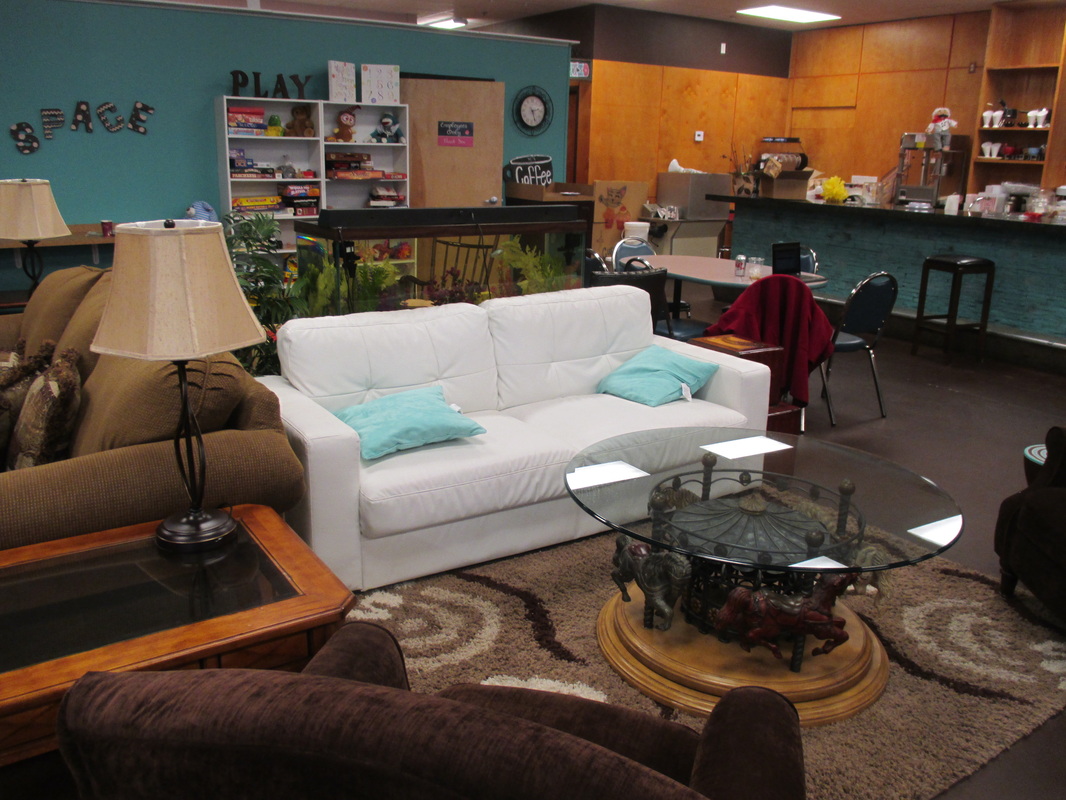
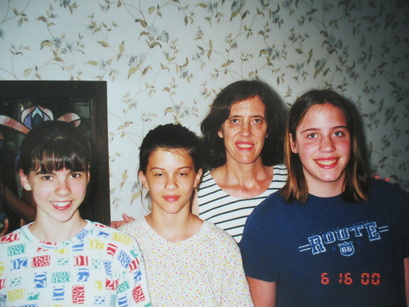
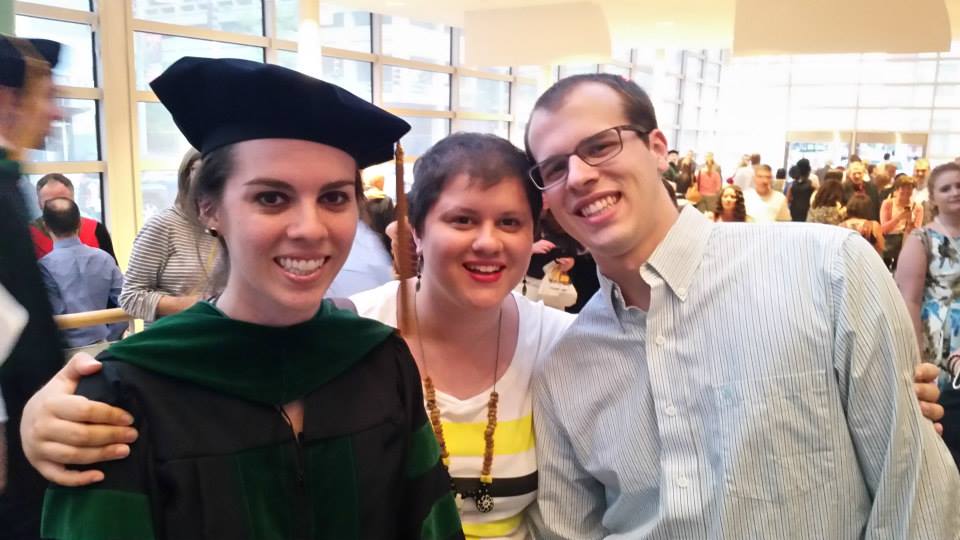




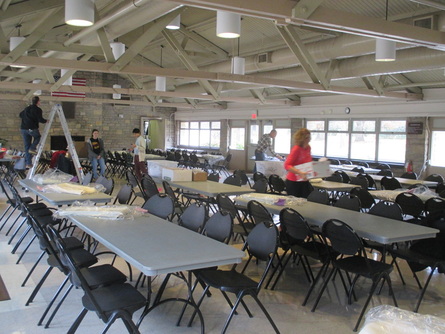
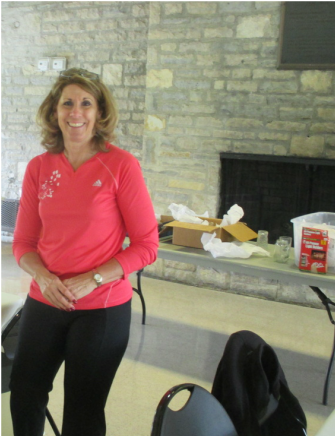
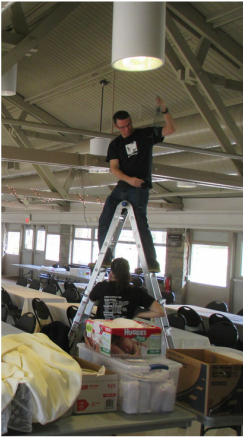
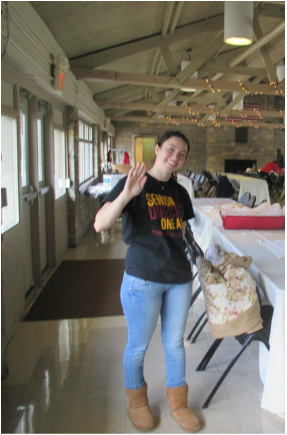
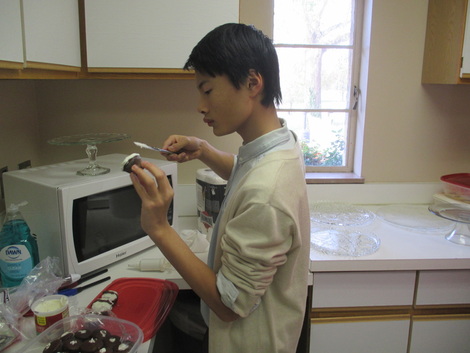
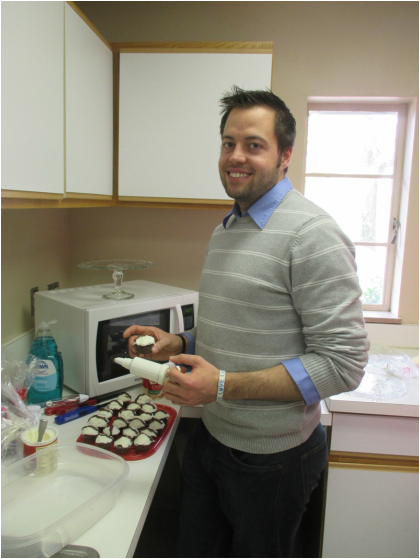
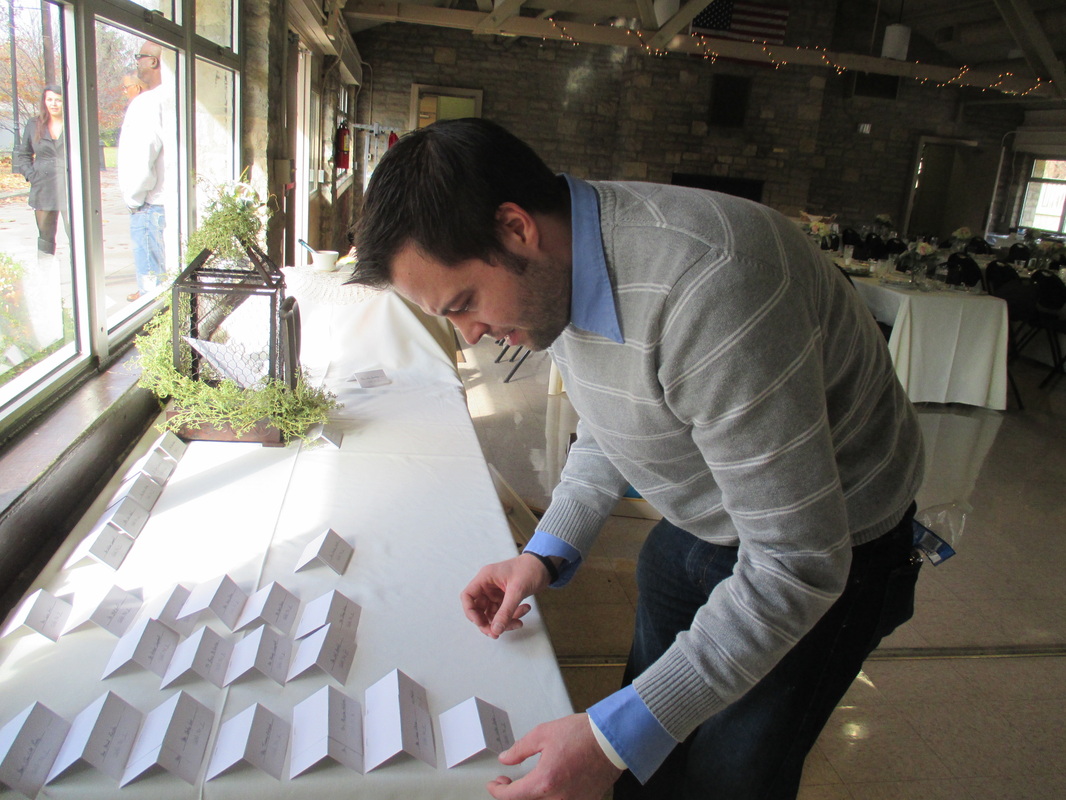
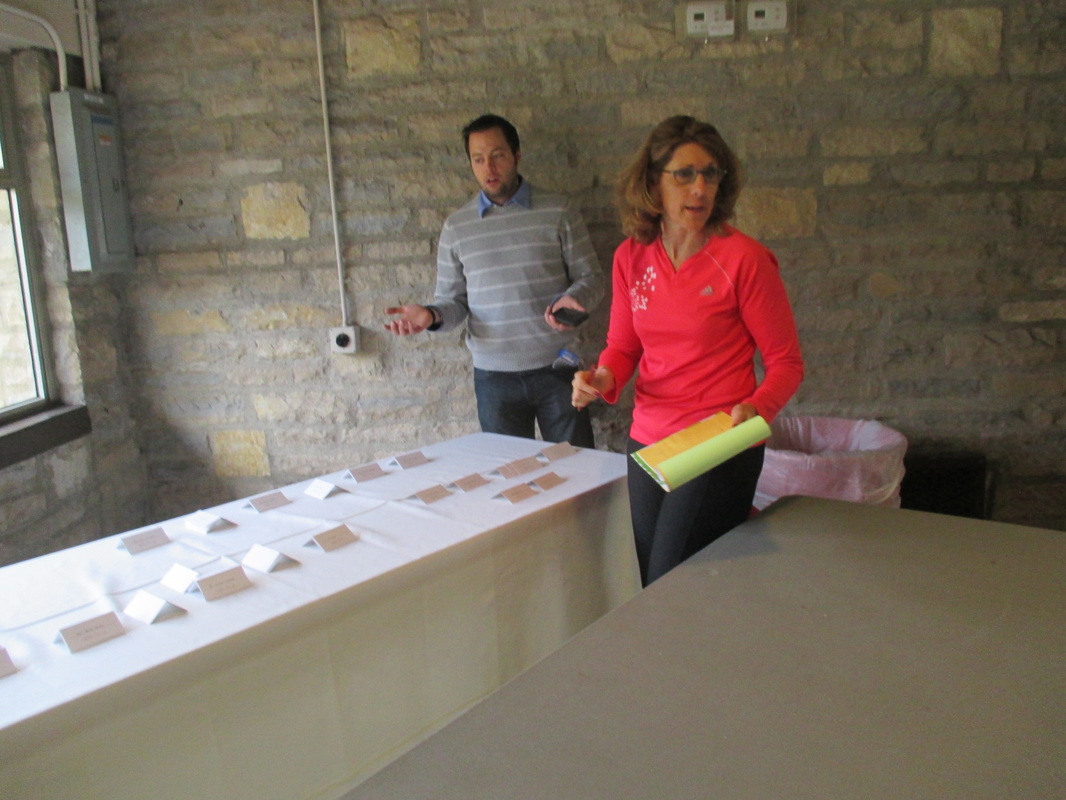
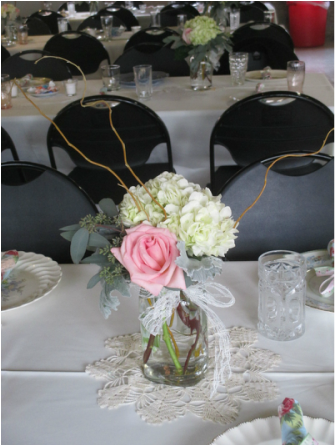
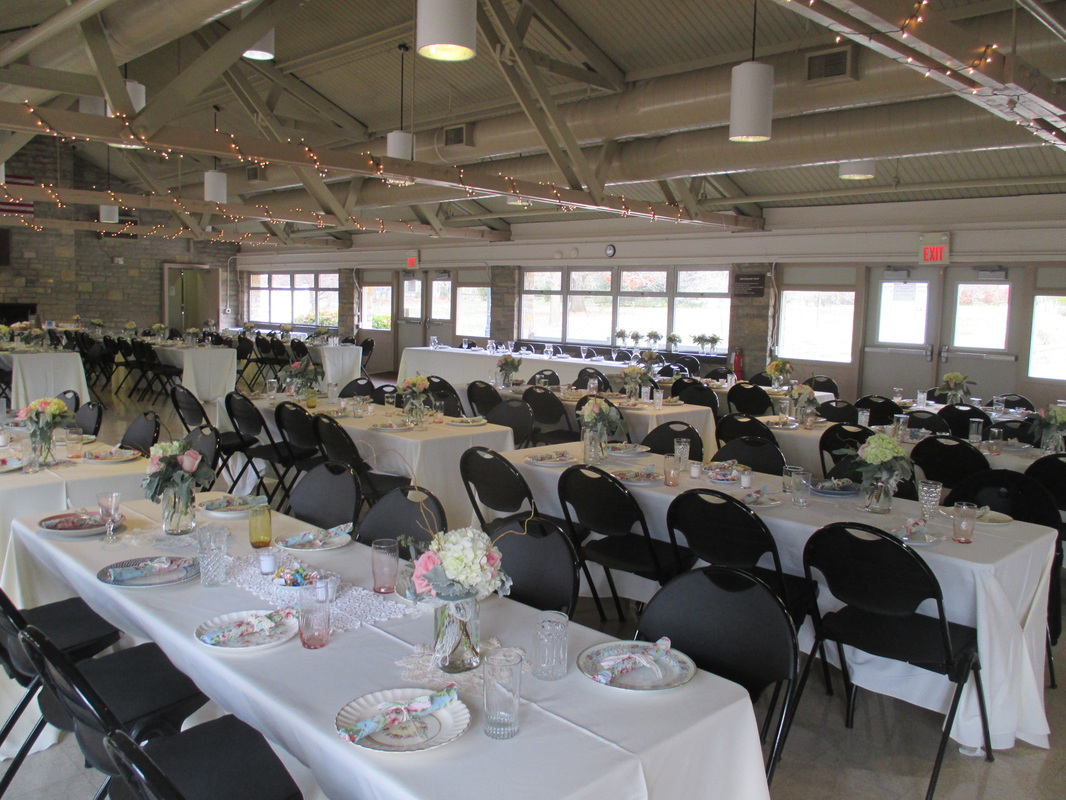

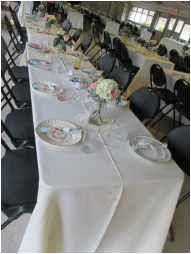
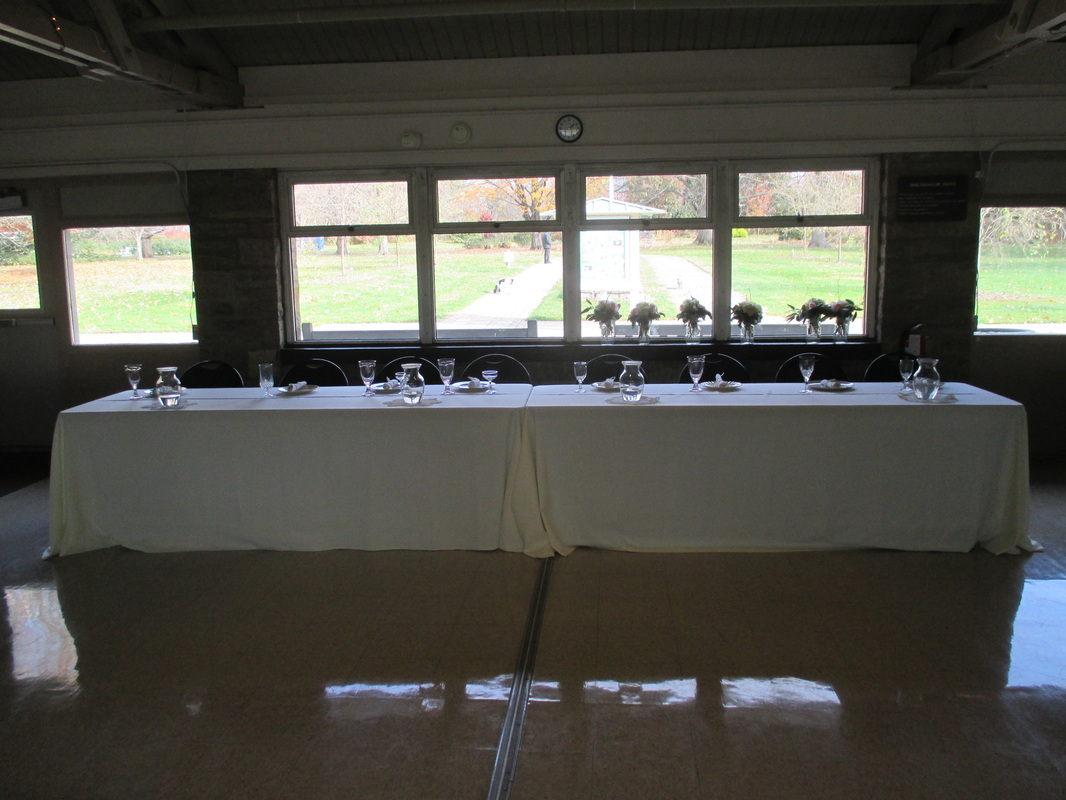
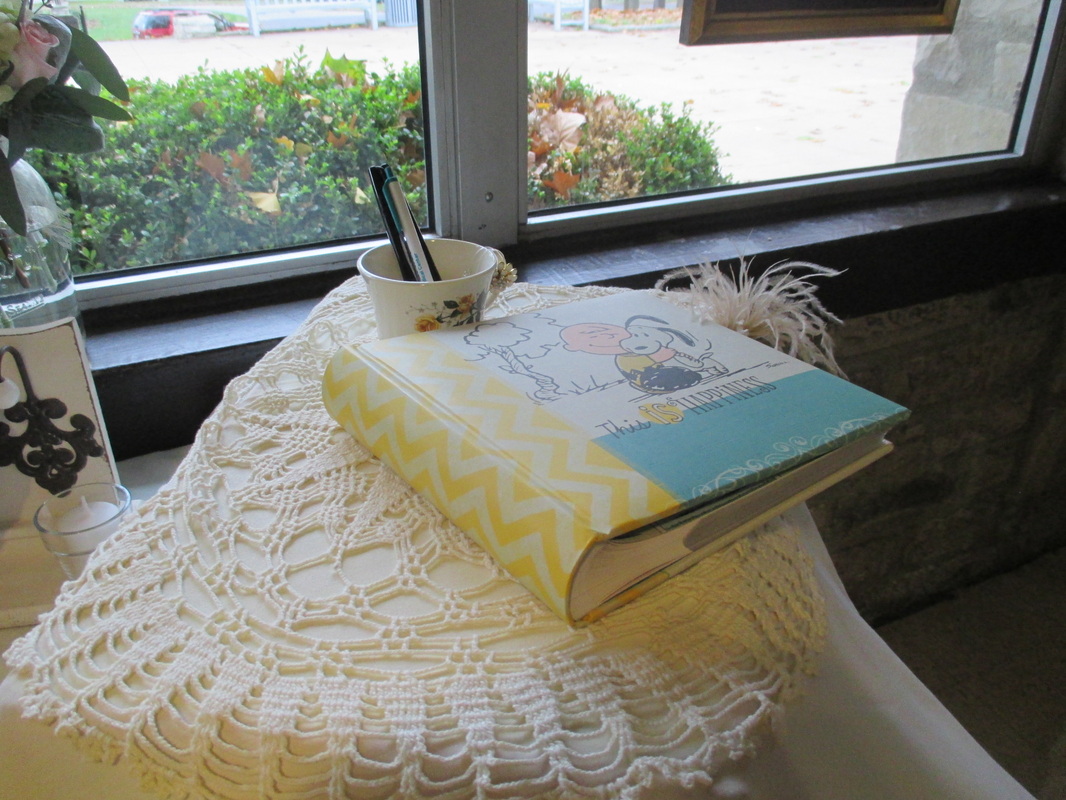
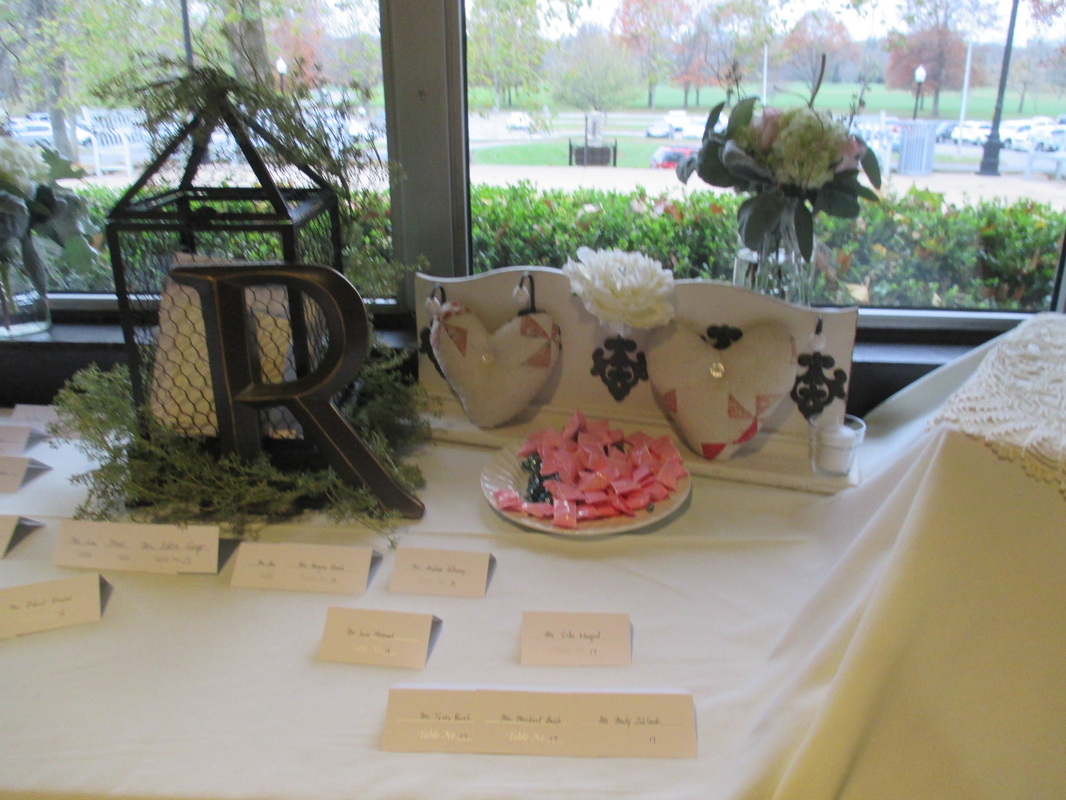
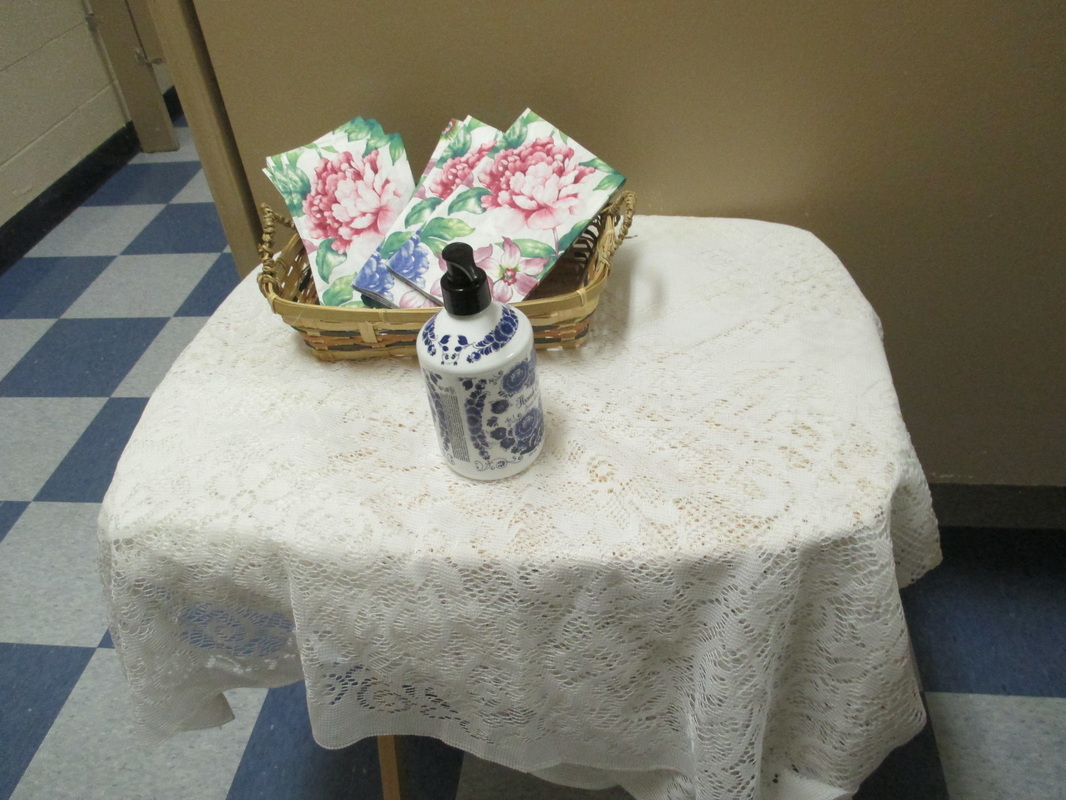
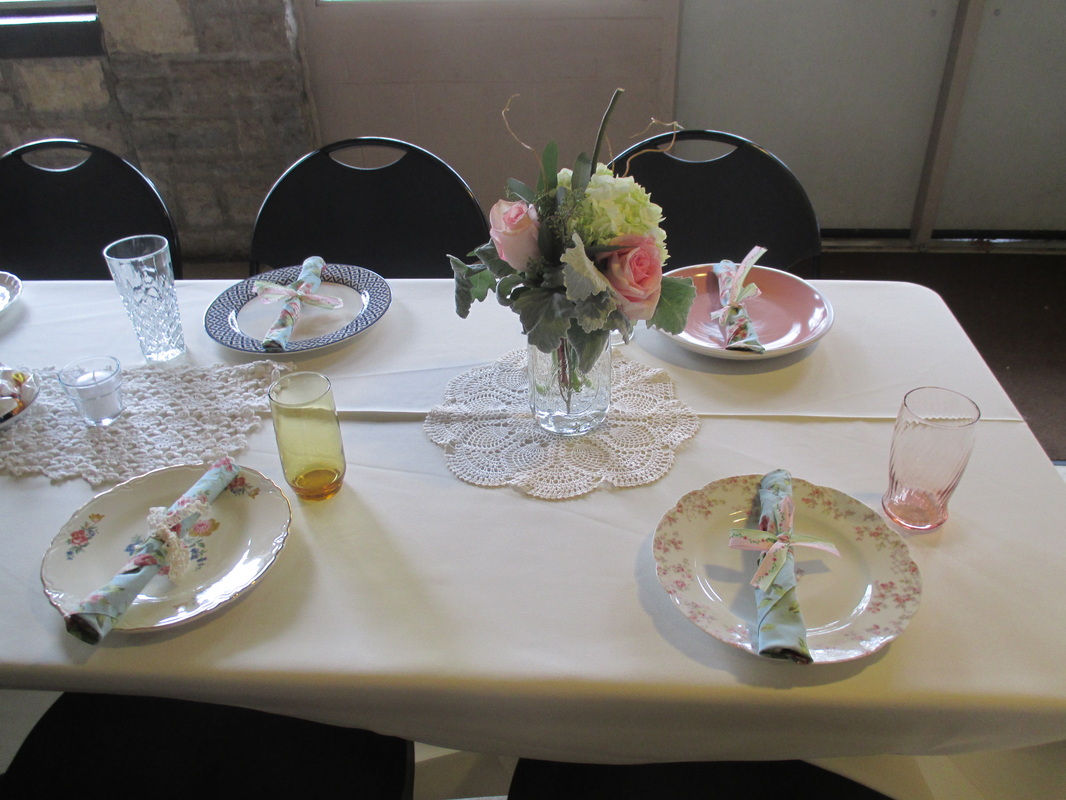
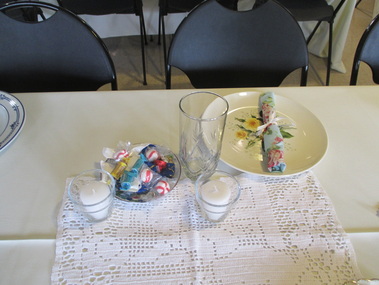
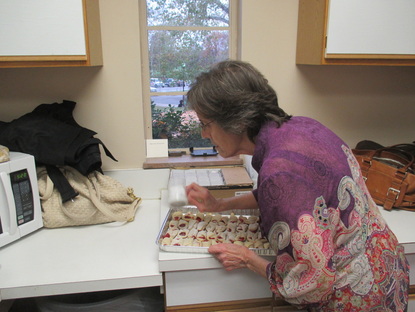

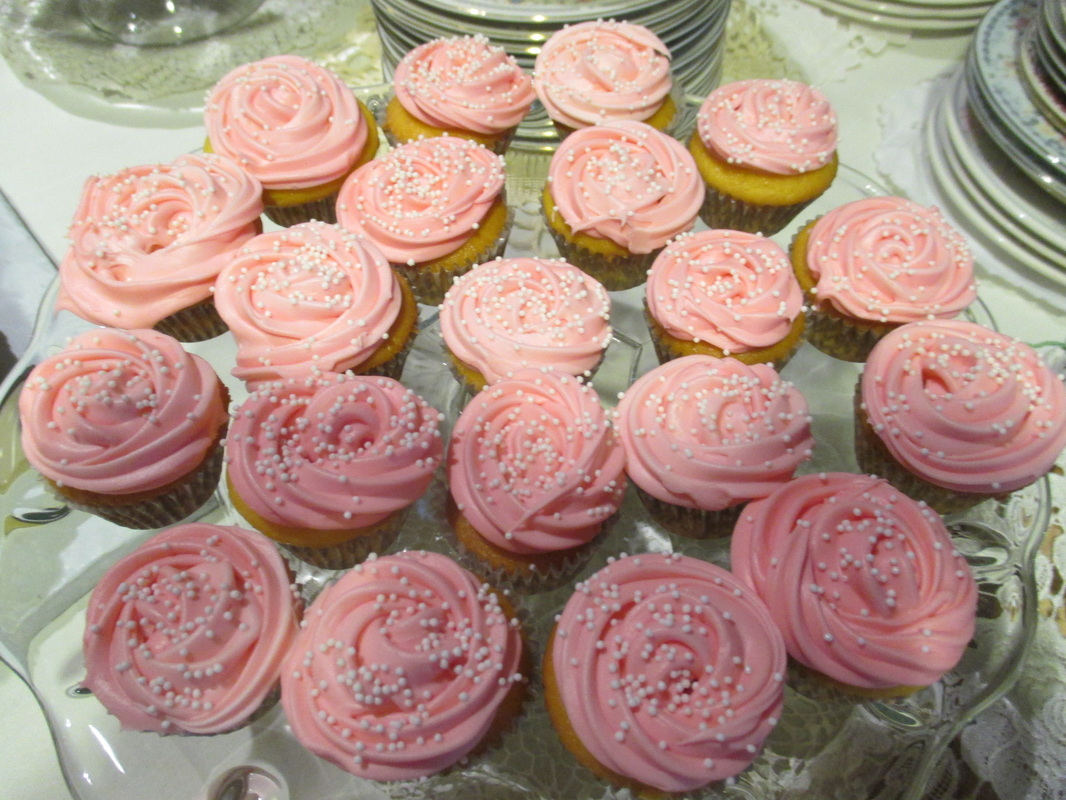



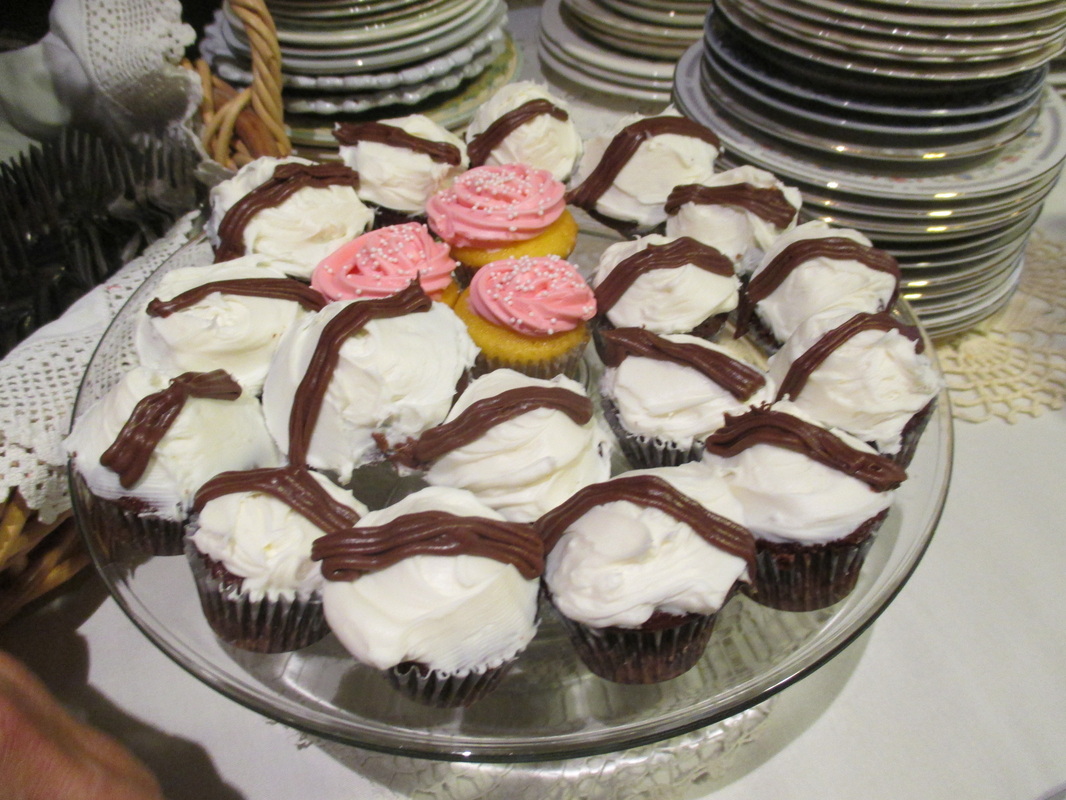
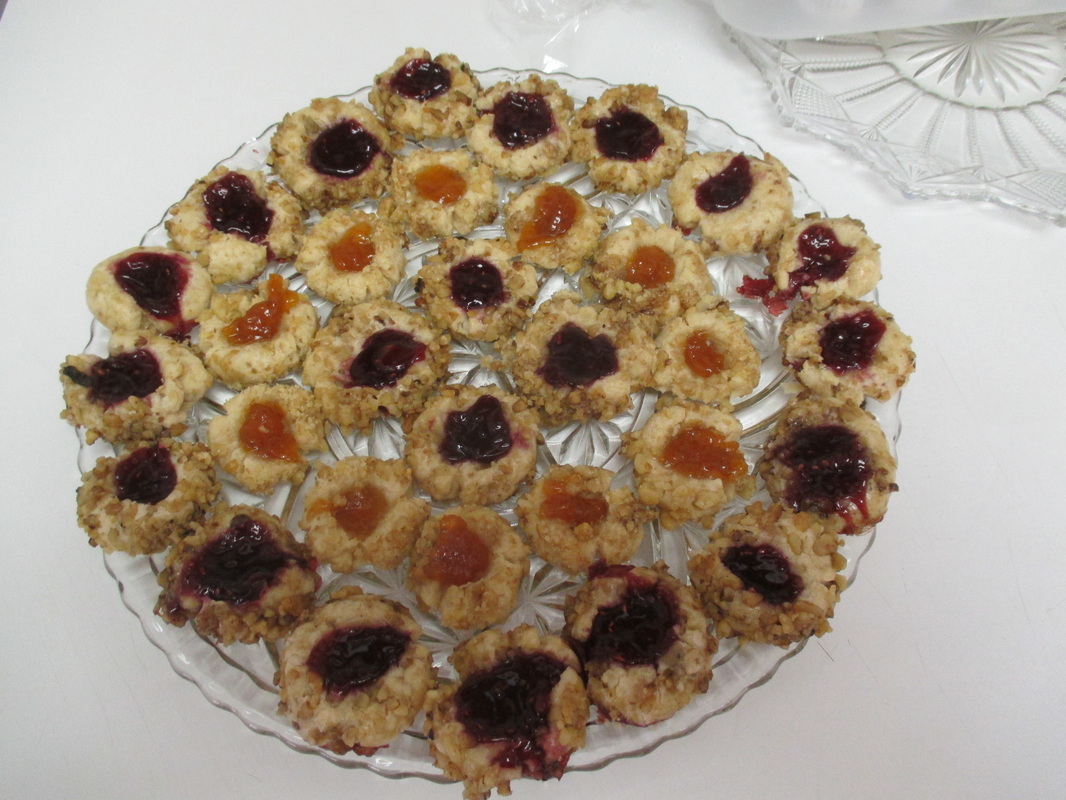




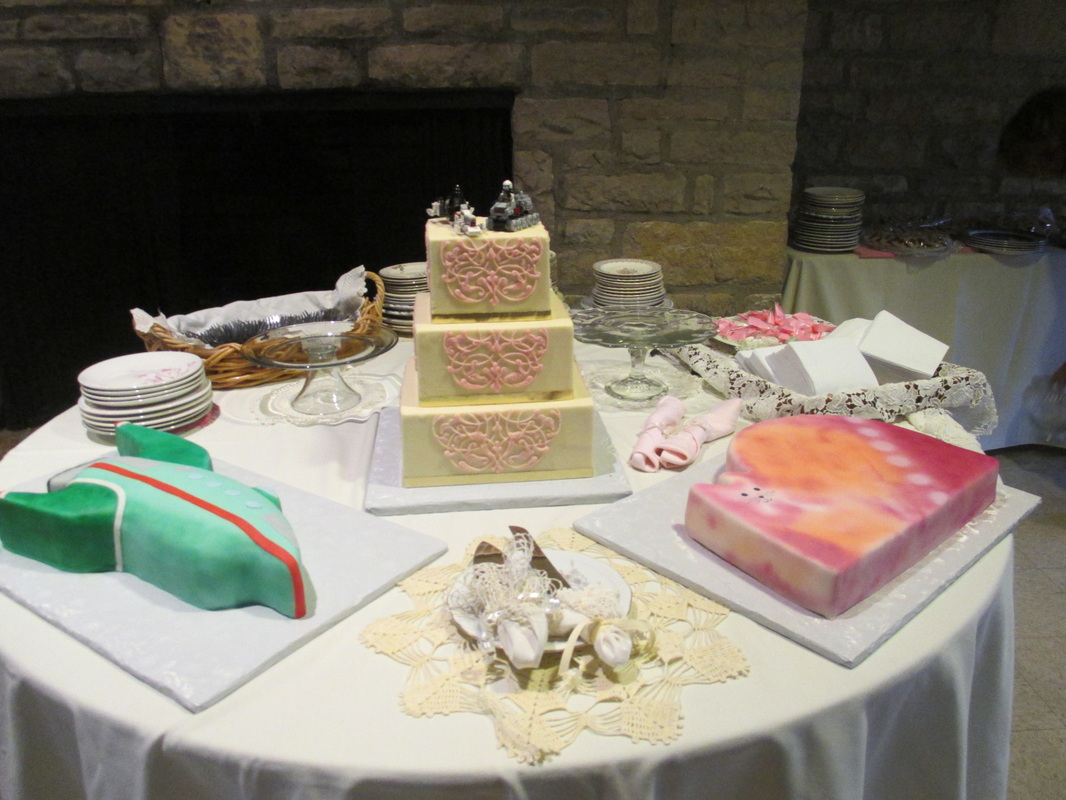
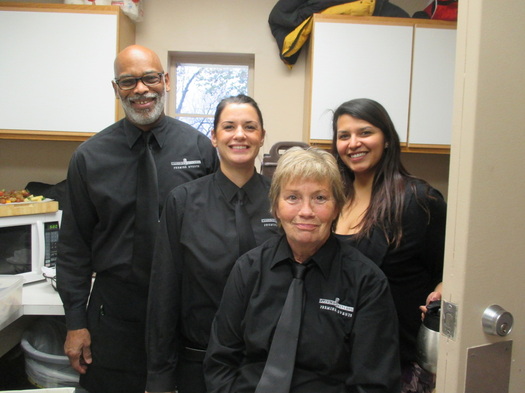
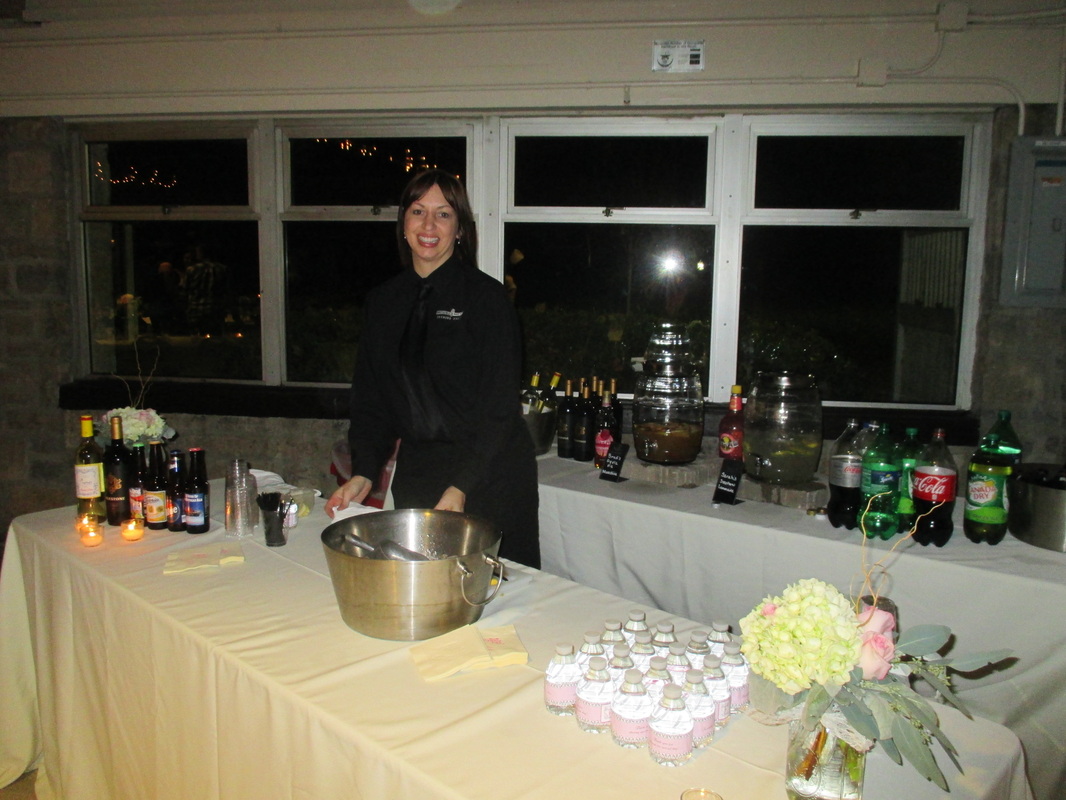
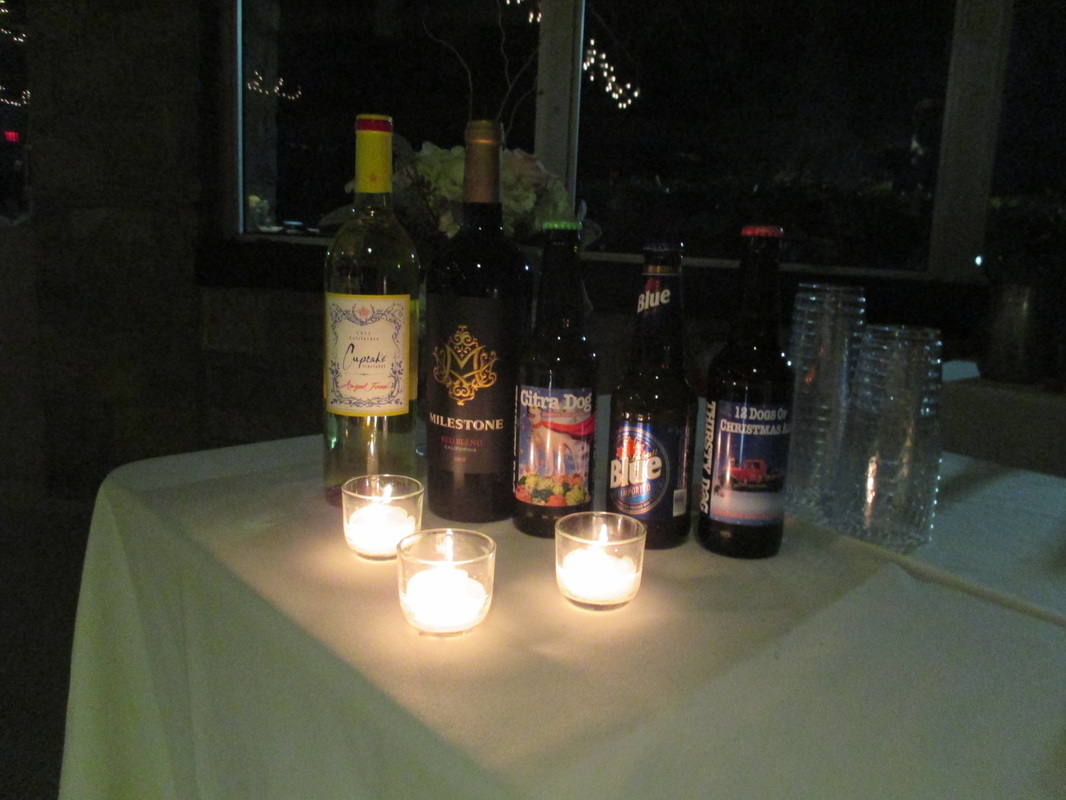
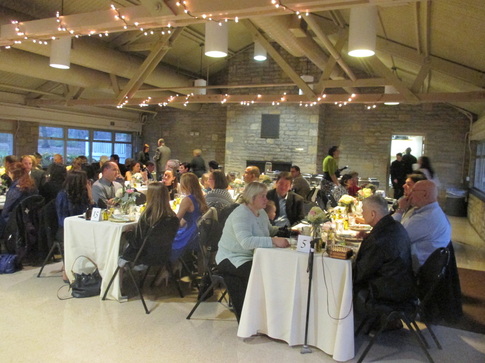
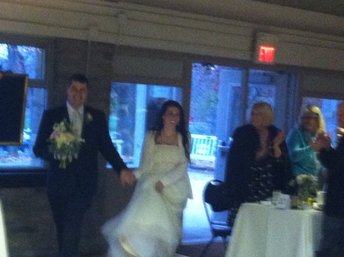
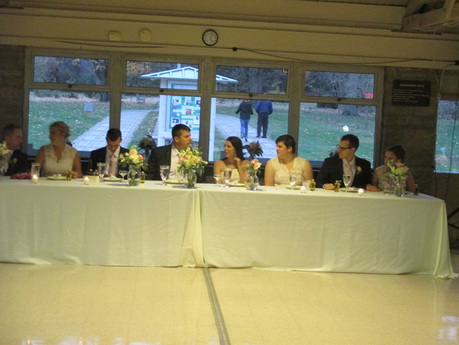

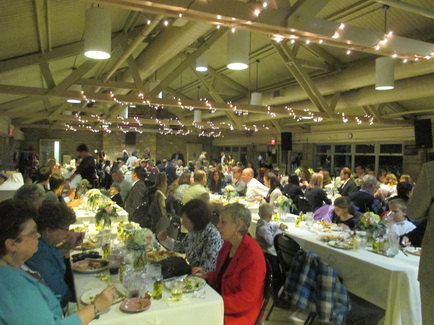
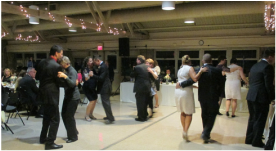
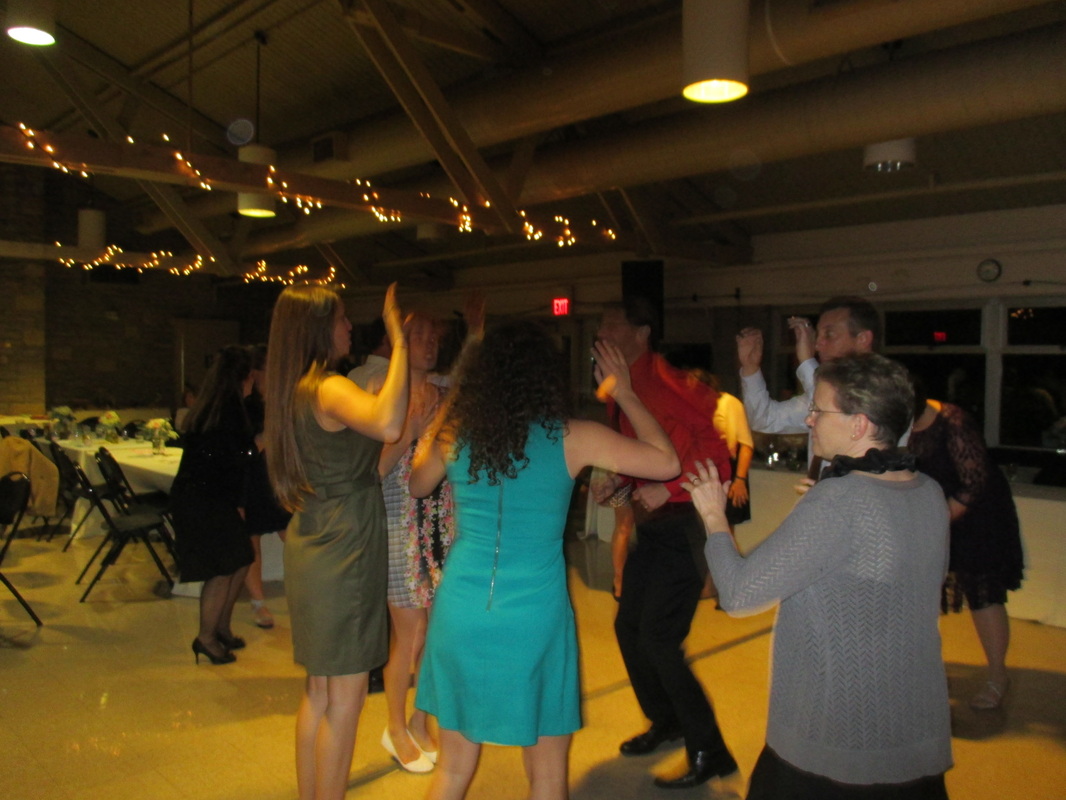
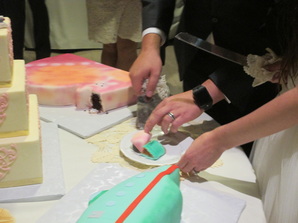
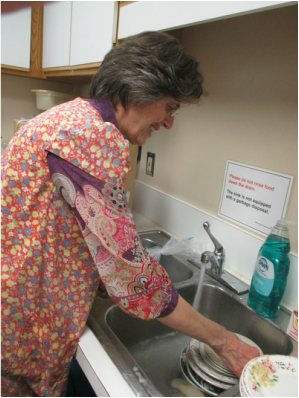
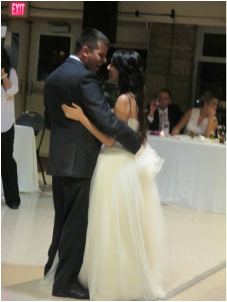
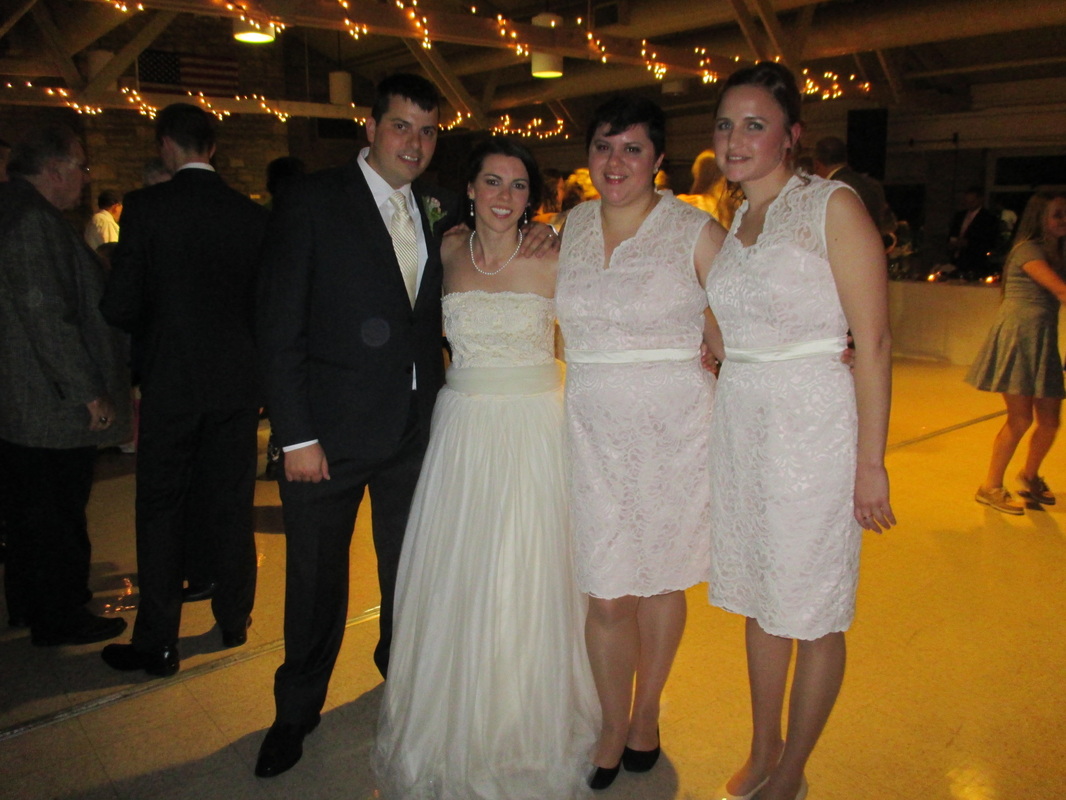
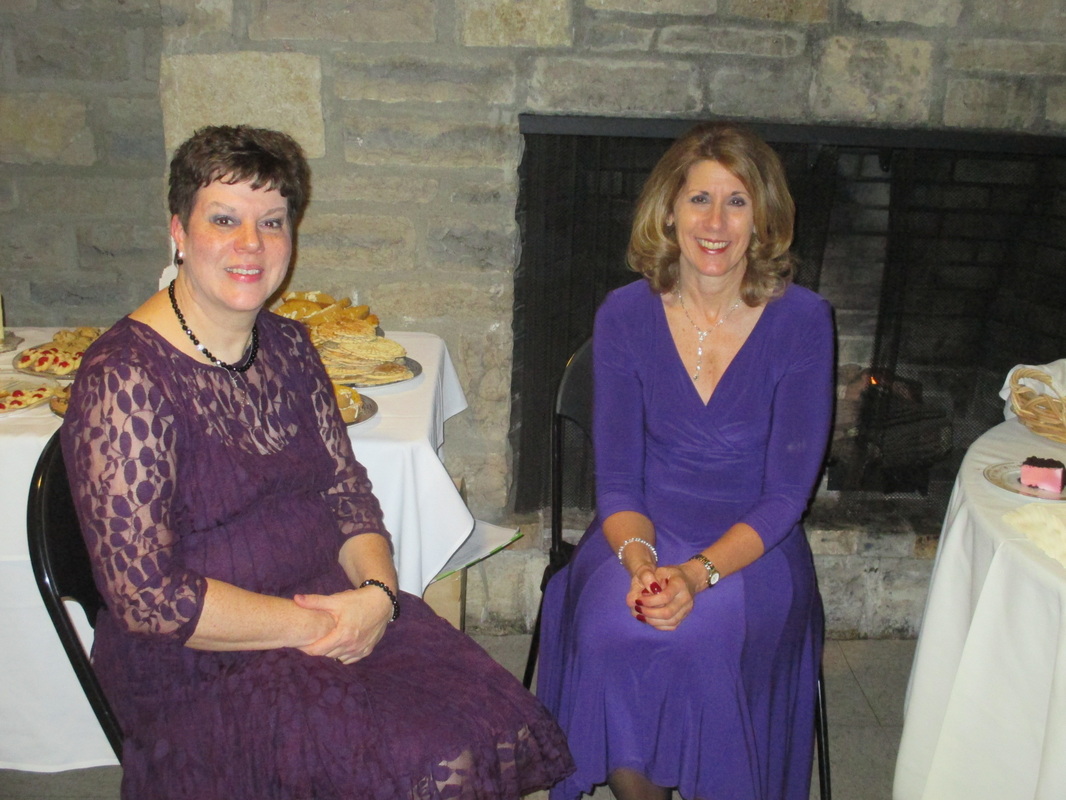
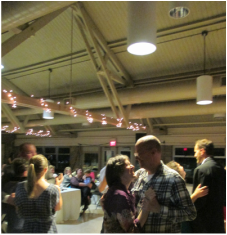
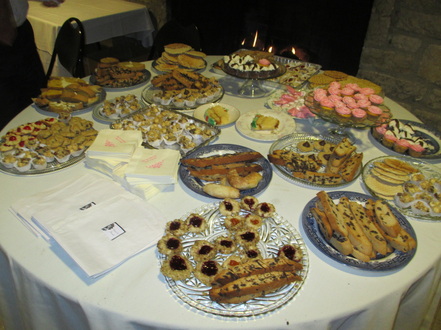
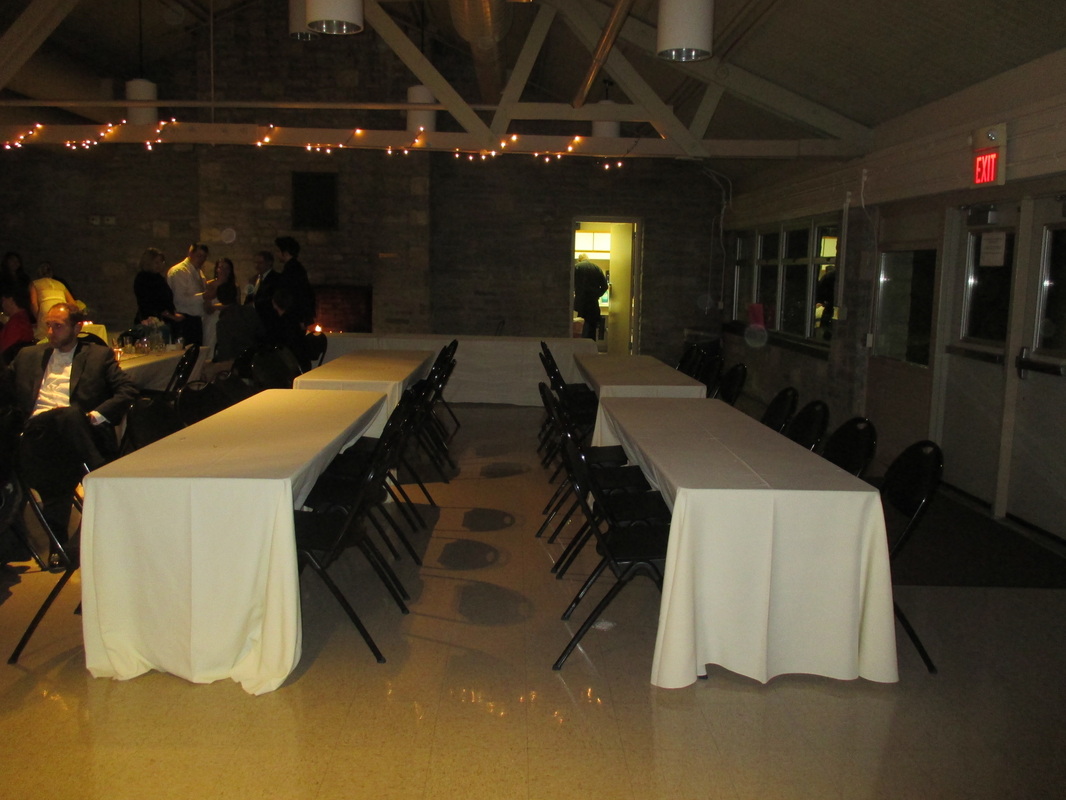
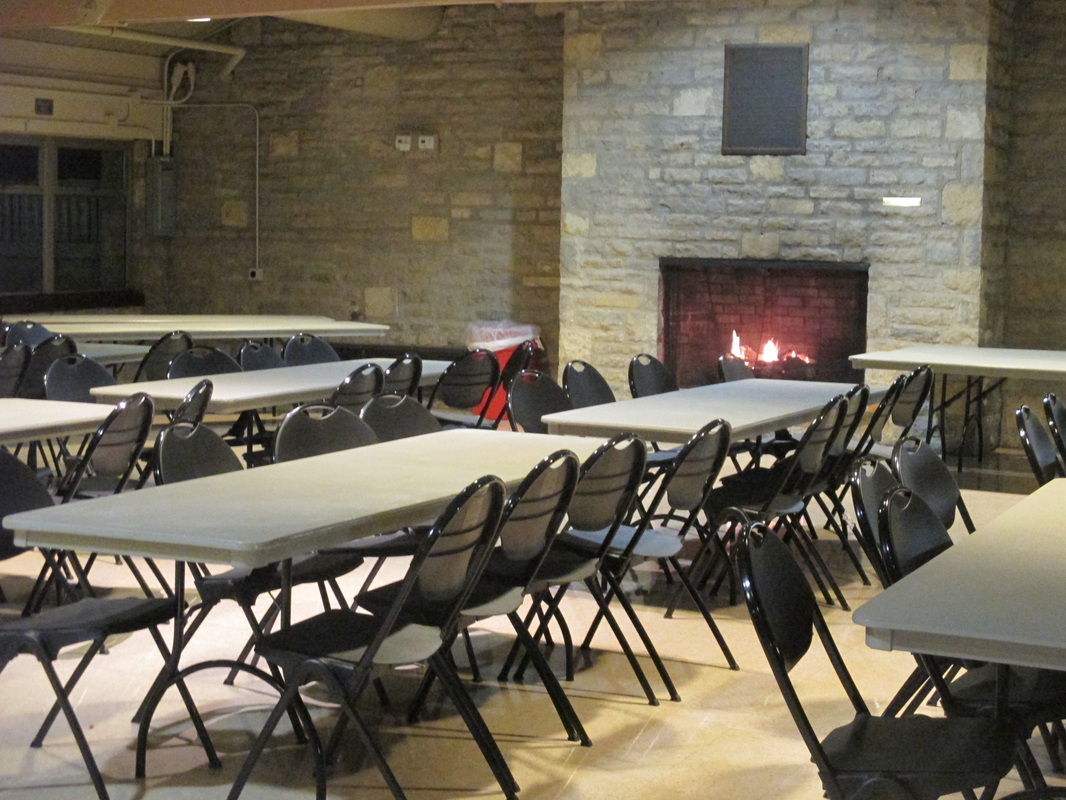

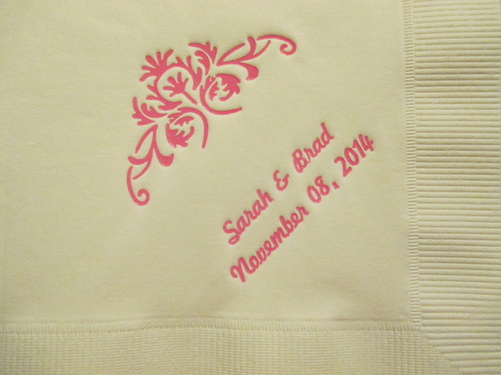
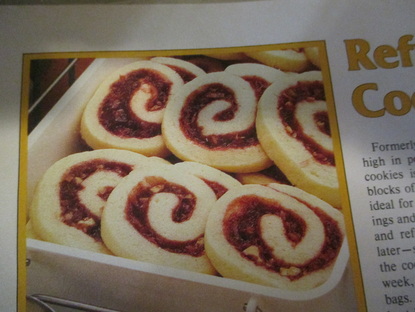



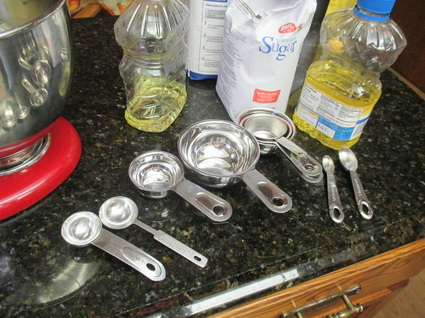
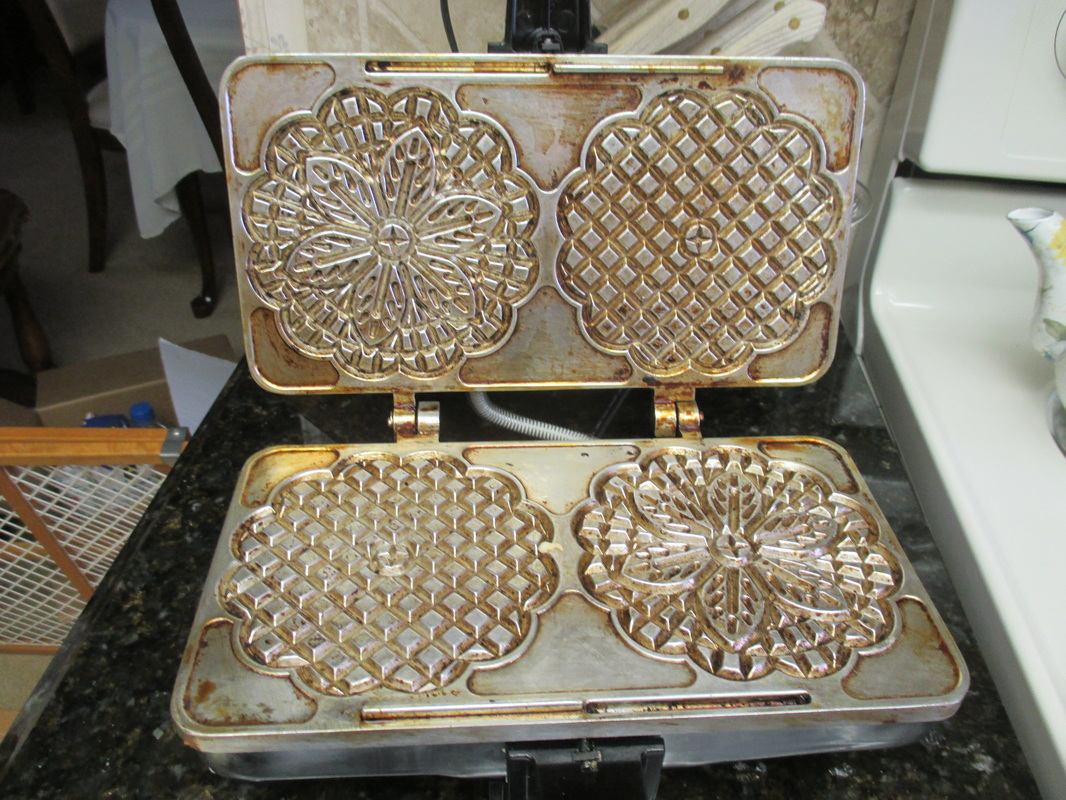
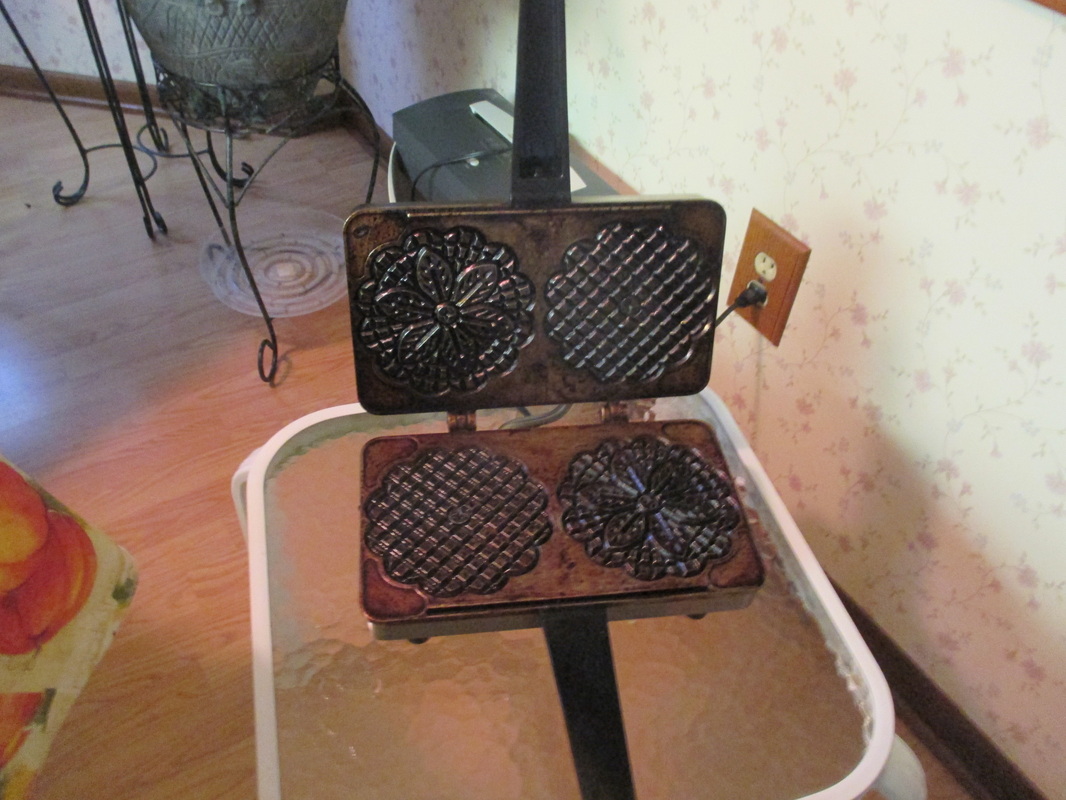
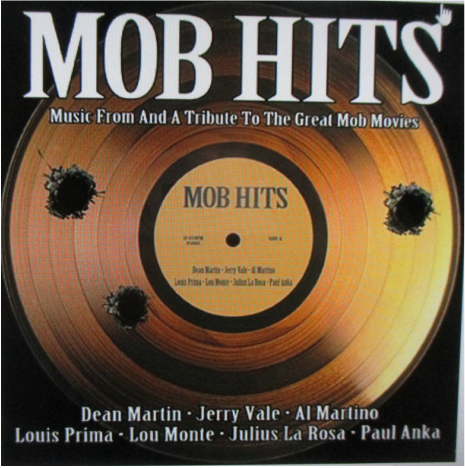

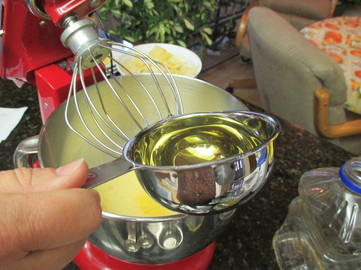
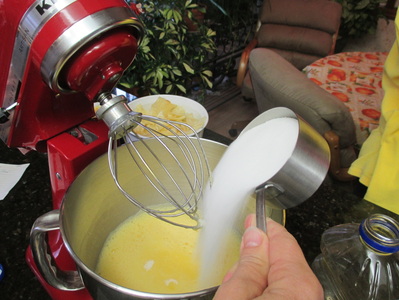
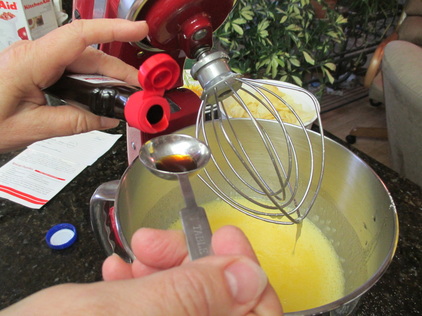
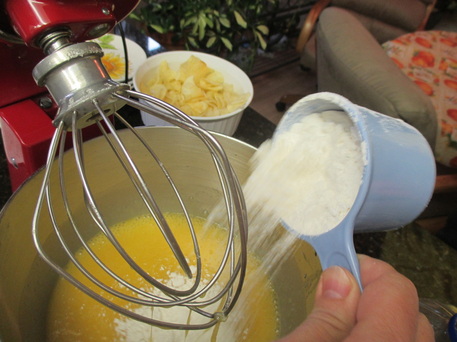

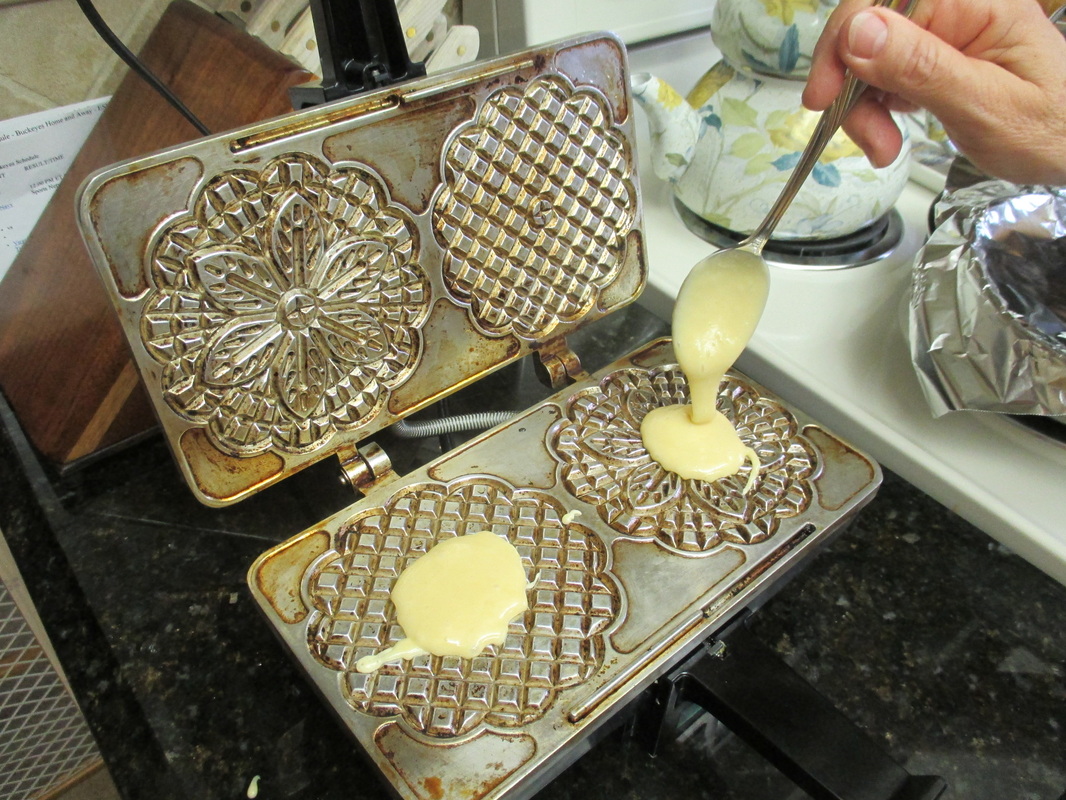
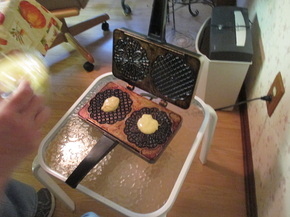
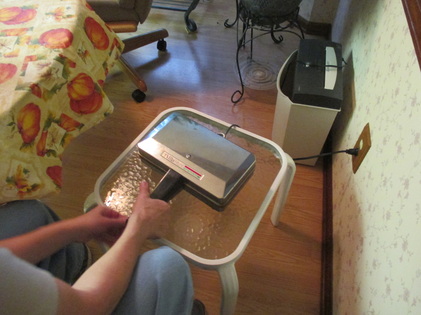


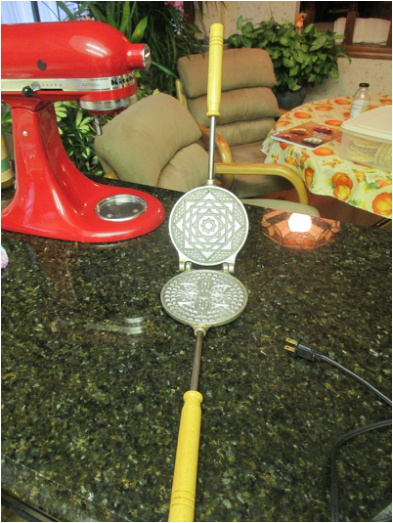
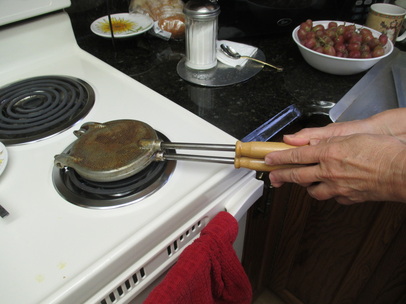
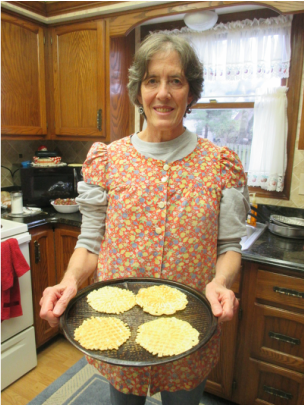

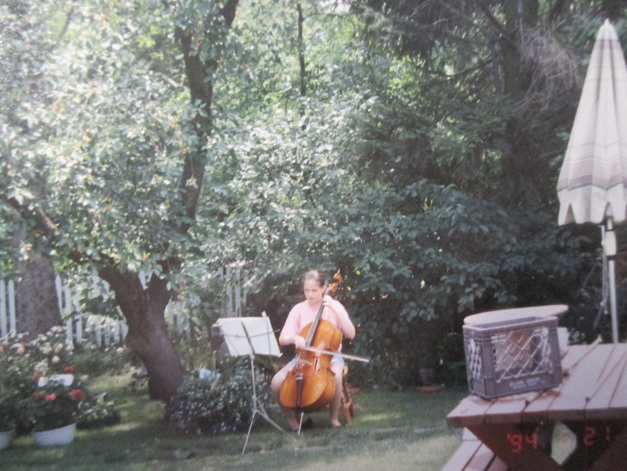
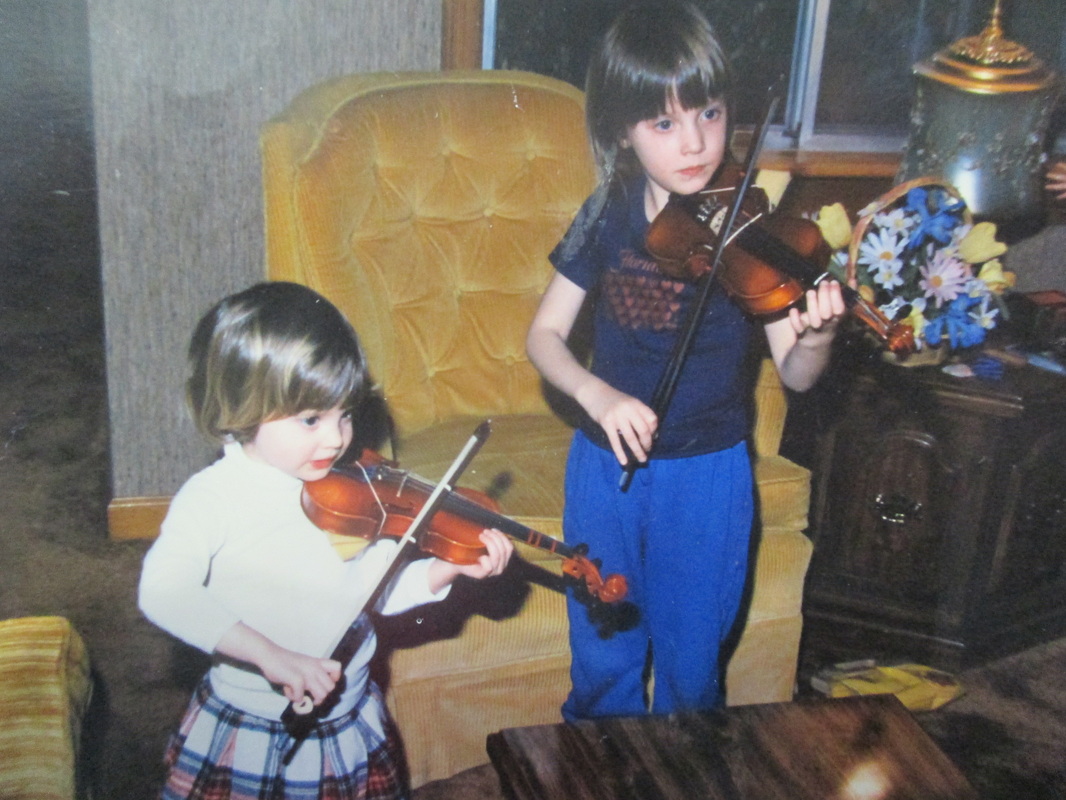
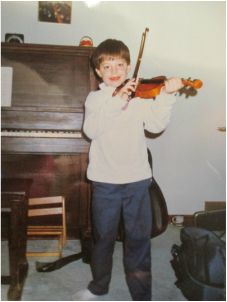
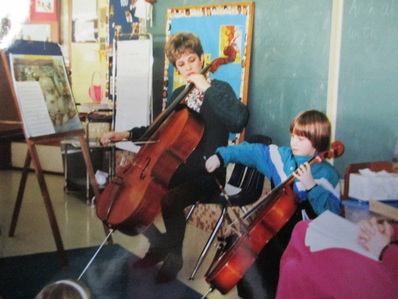
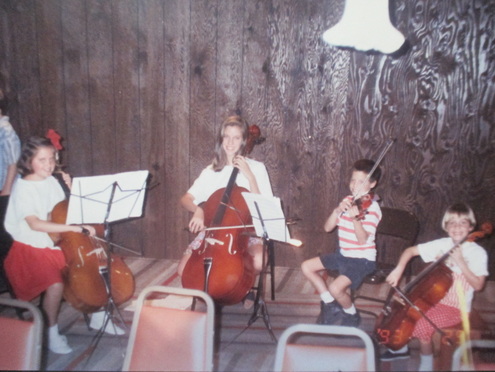
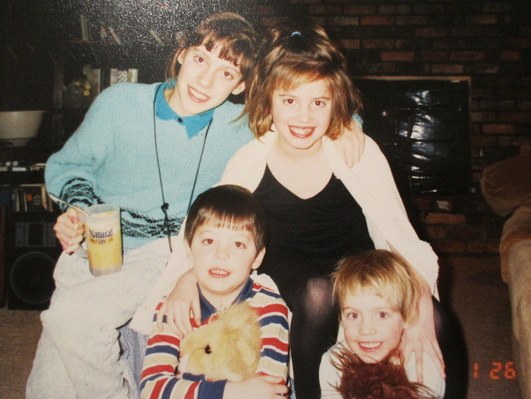
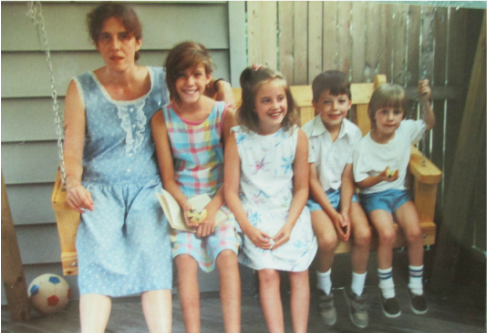





 RSS Feed
RSS Feed